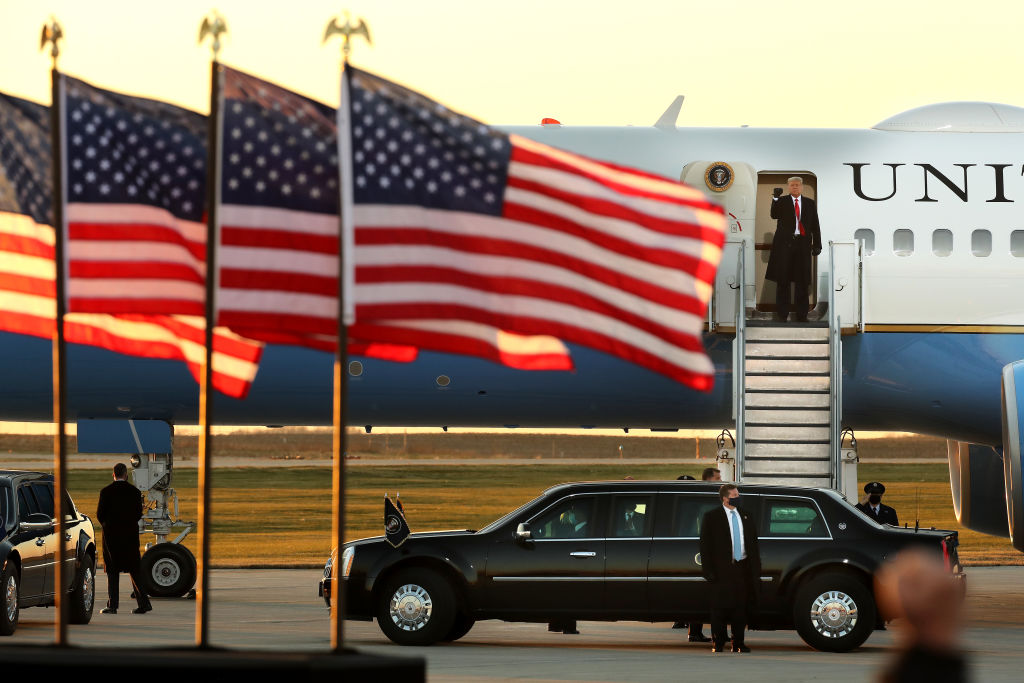
Trump’s Final Rallies to Be Held in Counties Where Wage Growth Slowed on His Watch
The economic escalator for workers slowed under Trump.

A 12-Month Series Examining Inequality and Its Impact on One of the Most Consequential Elections in American History


The economic escalator for workers slowed under Trump.
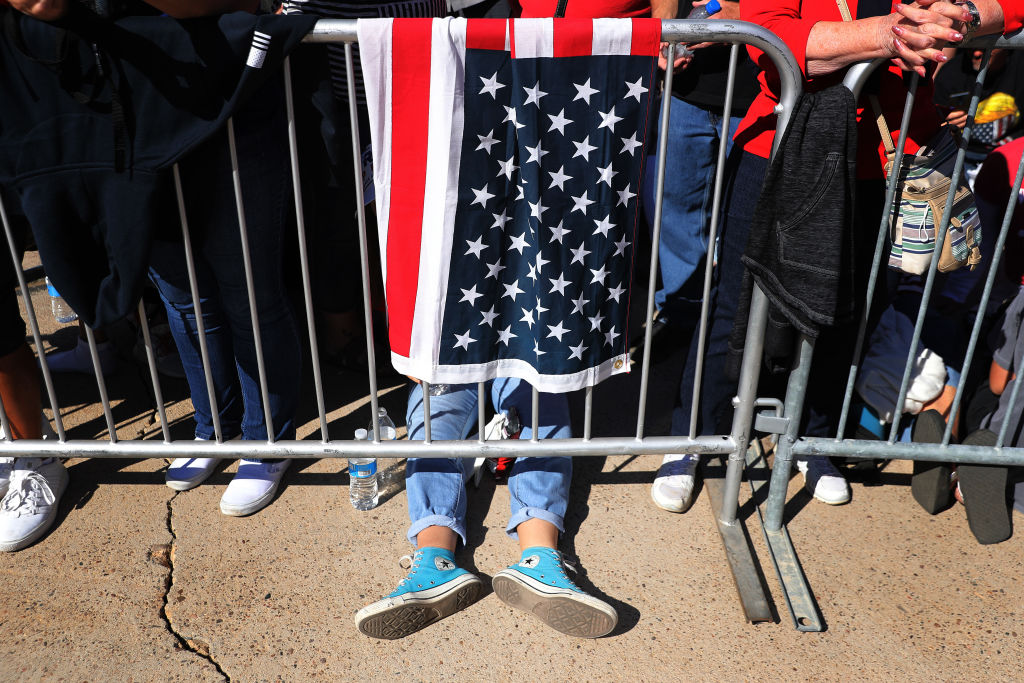
Household income also grew more slowly nationally in Trump years, new research shows.

The swing state’s economic progress has decelerated in the years since the president took office.
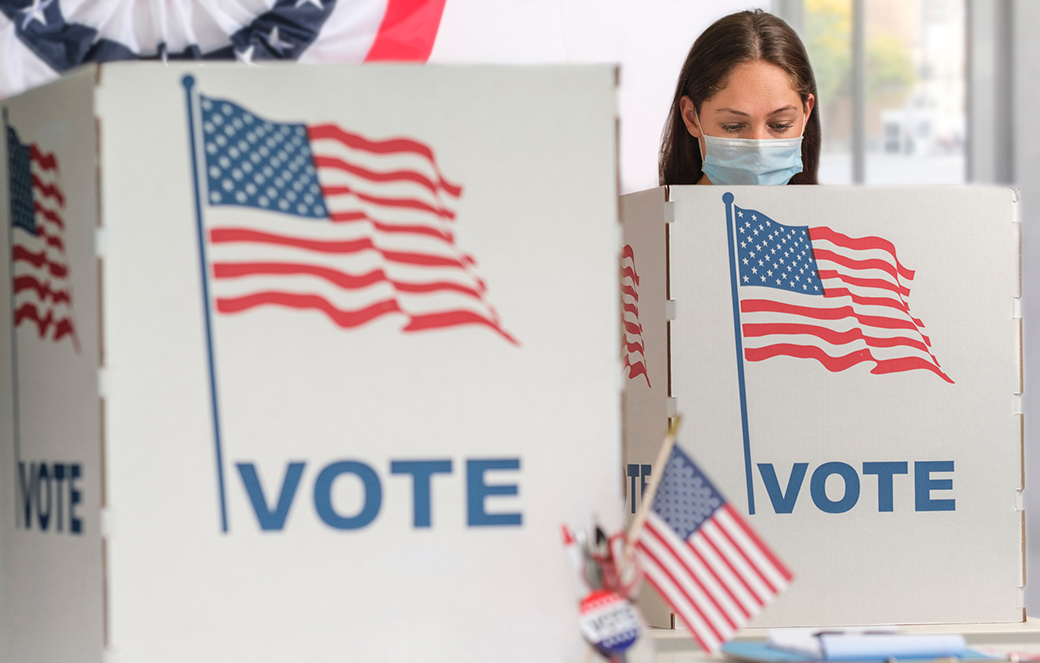
Trump’s policies have harmed women, say critics. But his handling of COVID may be what sends them running.
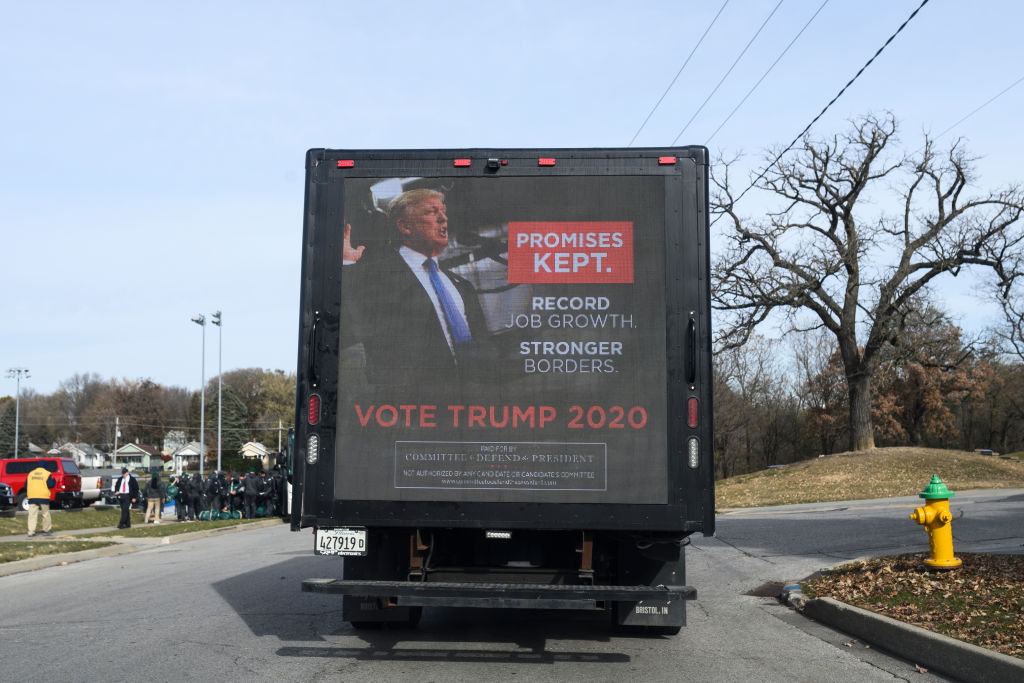
We spent 12 months investigating people’s struggles in battleground states and here’s what we found.

Will all the door knocking and pixie dust be enough to secure a win for Biden in Florida?

Trump claims to have cut prescription drug prices, but the proof is at the pharmacy counter.

Pennsylvania, Wisconsin and Iowa are among the battleground states where incomes rose faster under Obama.

The disparate impacts of COVID could ensure this battleground state stays blue in 2020.
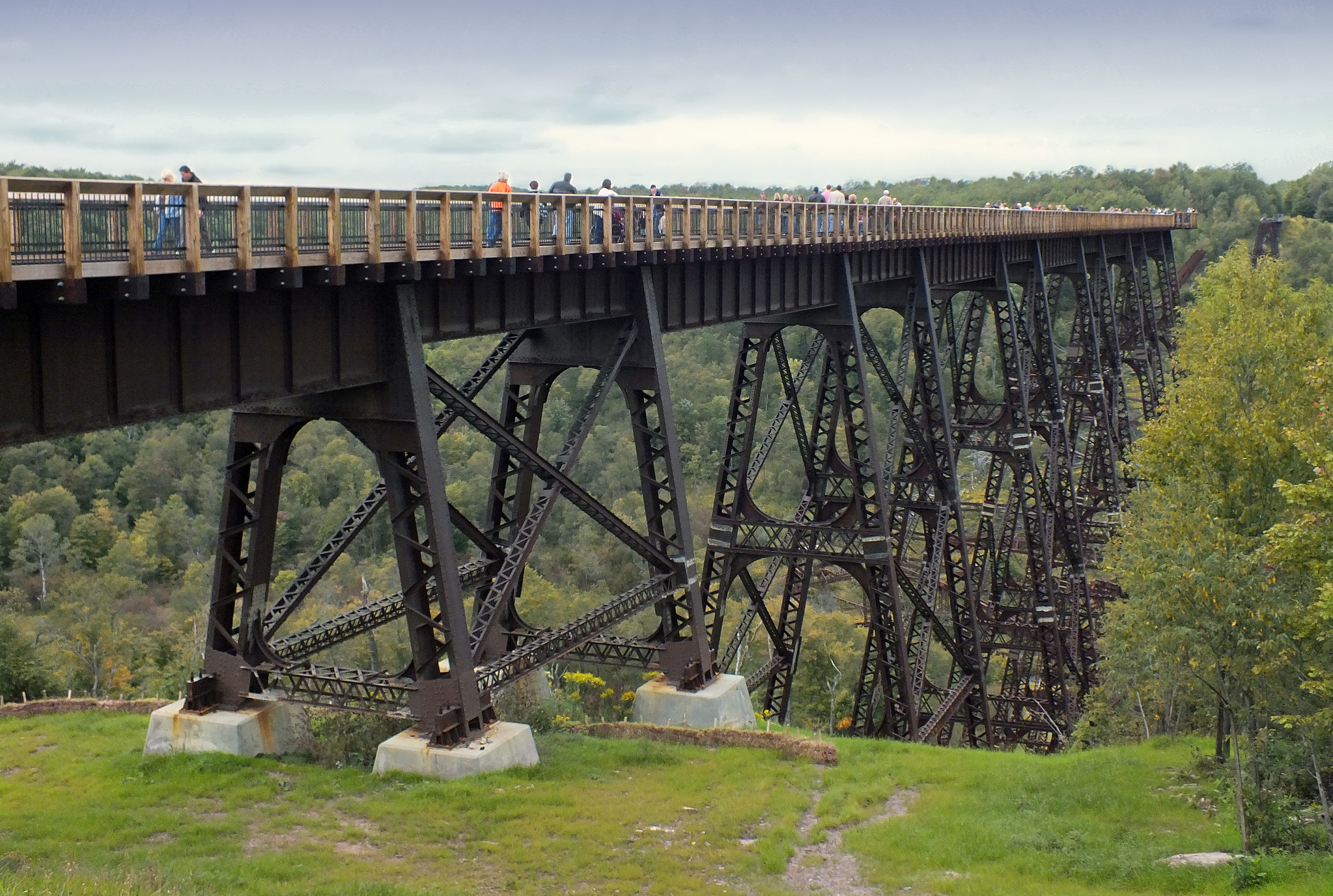
Four years after Trump promised major investment, Pennsylvania’s infrastructure remains among the worst in the nation.

Trump’s legal assault on Obamacare could mobilize large numbers of Latino voters against him in Florida and Texas.

A surge of white supremacism in Alamance County has been met with a burgeoning racial justice movement.
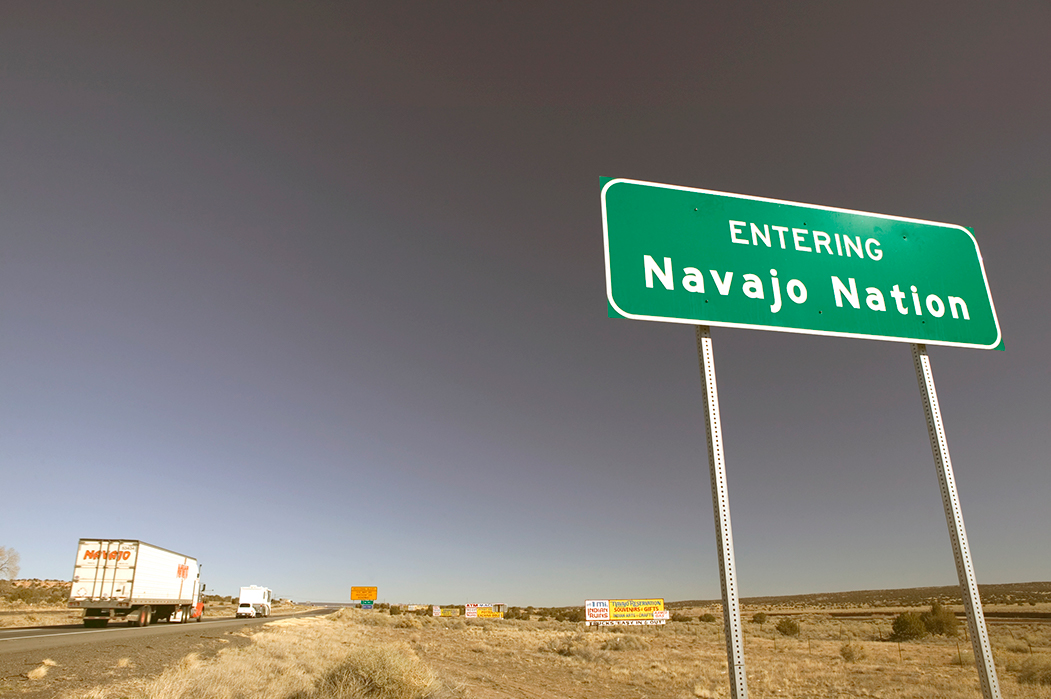
Despite the reservation’s Democratic tendencies and its struggles amid the pandemic, the president is trying to woo Navajo voters.
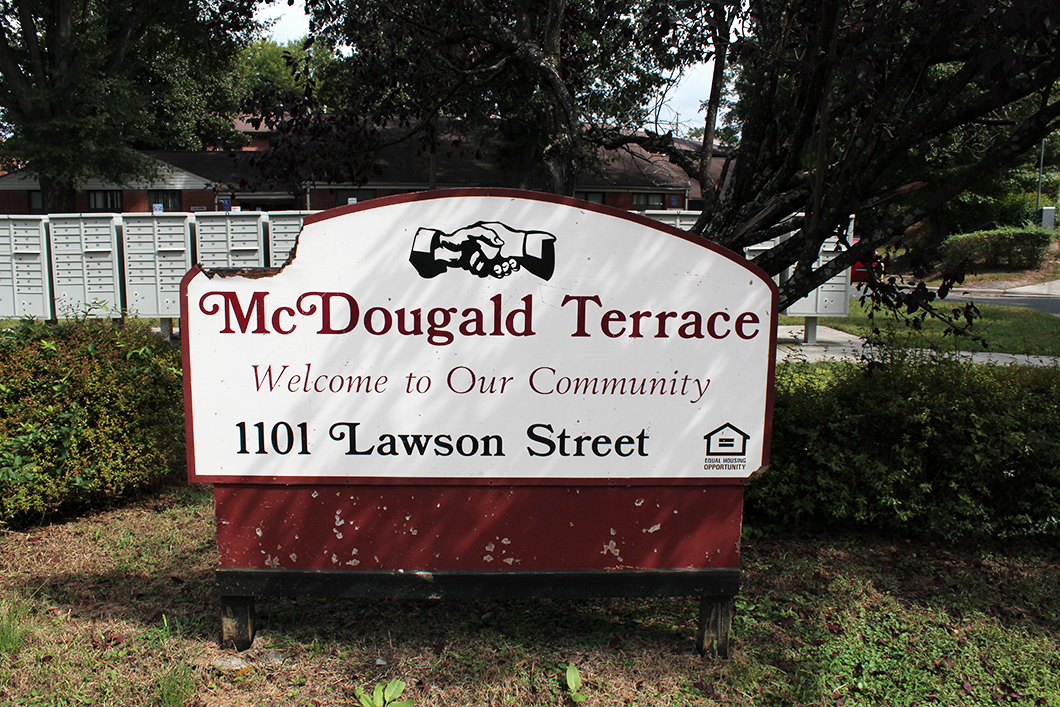
North Carolina public housing tenants seek safe housing after years of federal underfunding.
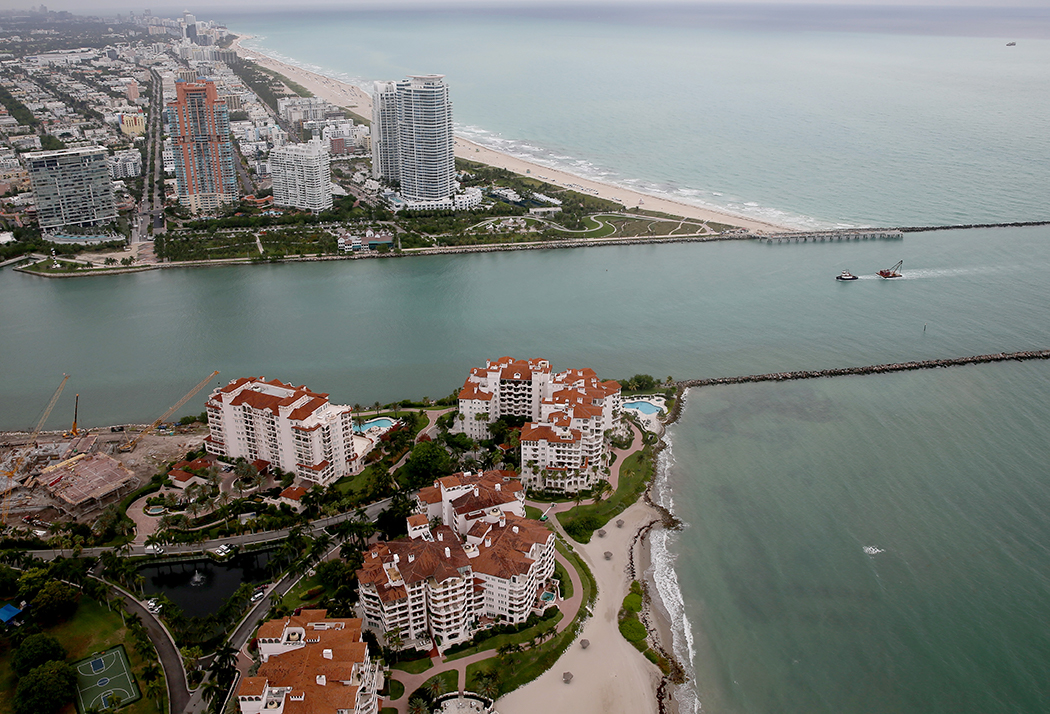
While Republicans rake in cash on tony Fisher Island, Dems in Florida’s agricultural areas focus on getting out the vote.
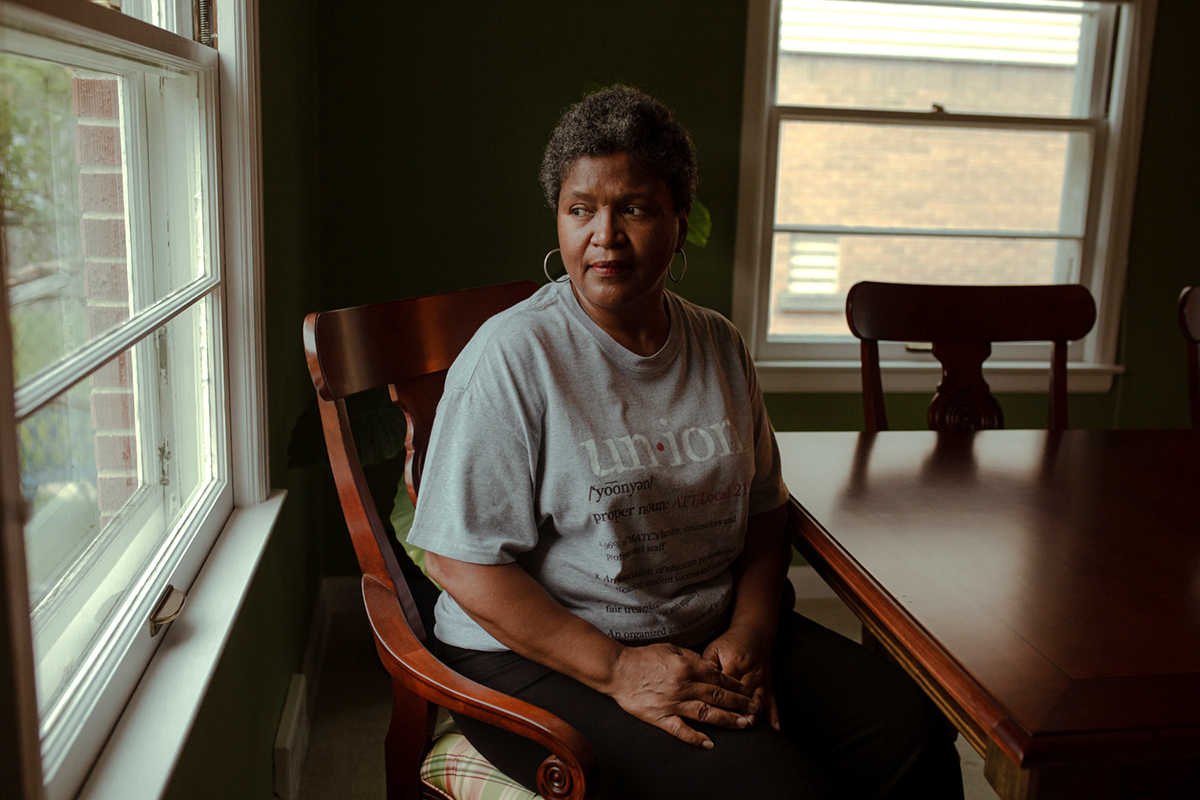
A key voting bloc in swing state Wisconsin has ample reason to feel disenchanted with the political process.

The election looms for Arizonans living at an increasingly militarized border.

Could Trump’s effort to tackle the opioid crisis be overshadowed by his handling of COVID?

A key Wisconsin voting bloc pushes back against corporate consolidation.

What impact could 34 million poor nonvoters make if they started participating in elections?
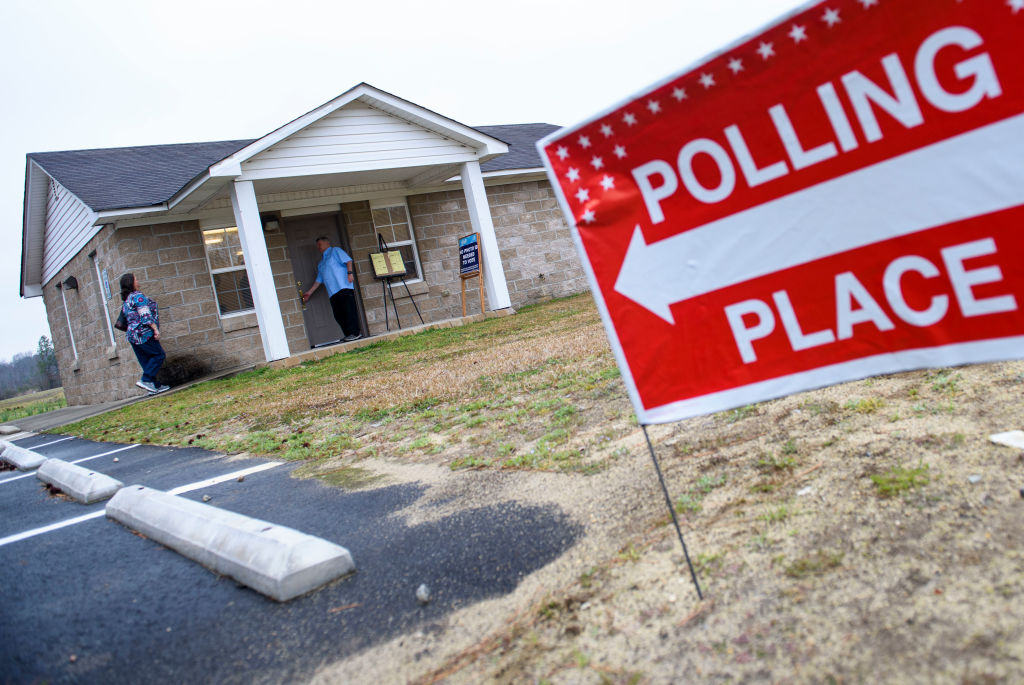
One former prisoner can vote for the first time, tens of thousands are still waiting.
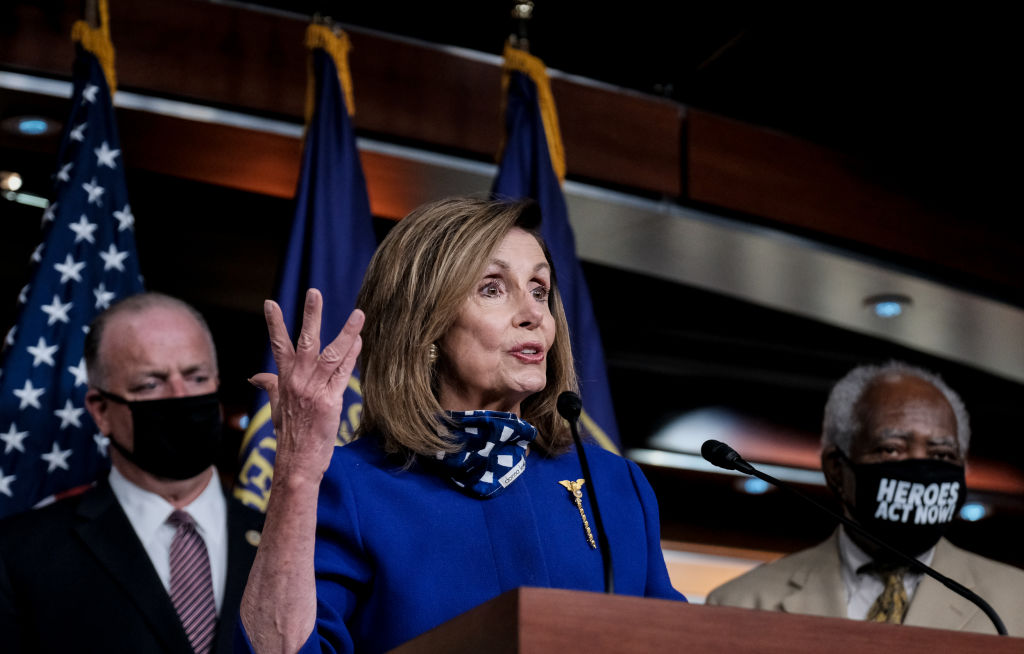
The pandemic shines a spotlight on a system in need of a makeover.

In the wake of the pandemic, the state’s health care workforce is becoming politically mobilized.
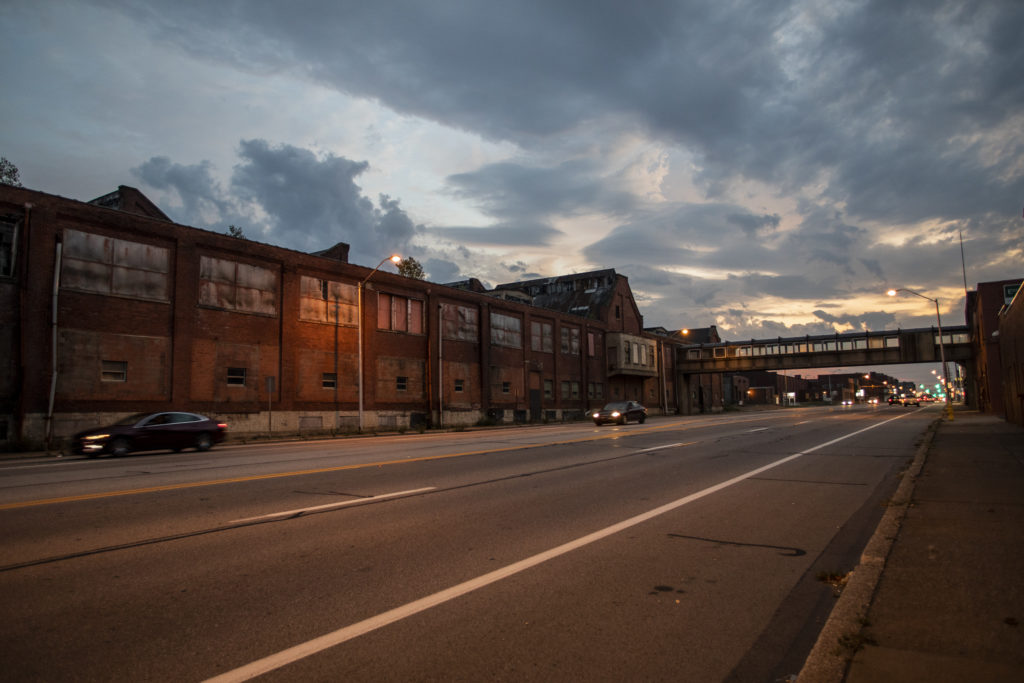
Pandemic and mass protests are shaking up this bellwether county, which is home to one of the nation’s poorest ZIP codes.

High unemployment and food insecurity plague a region that swung for Trump.

Many of these struggling metropolitan areas are in states that could determine the 2020 election.
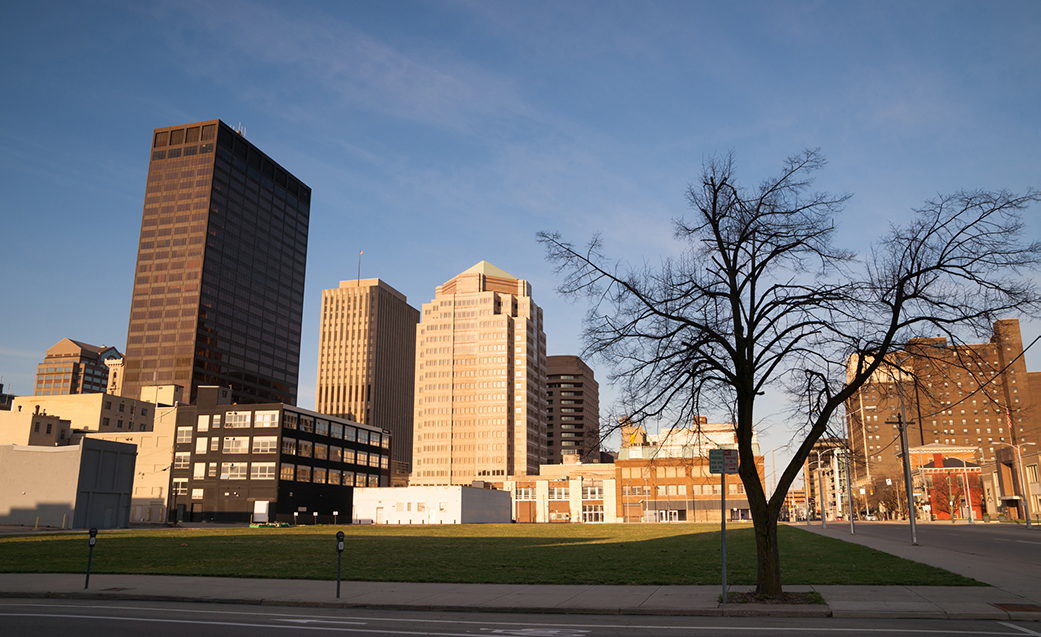
Racial unrest and economic uncertainty collide in the industrial Midwest.

“‘We need a society where anti-racism is hard-wired into every policy and practice,” says labor economist Steven Pitts.
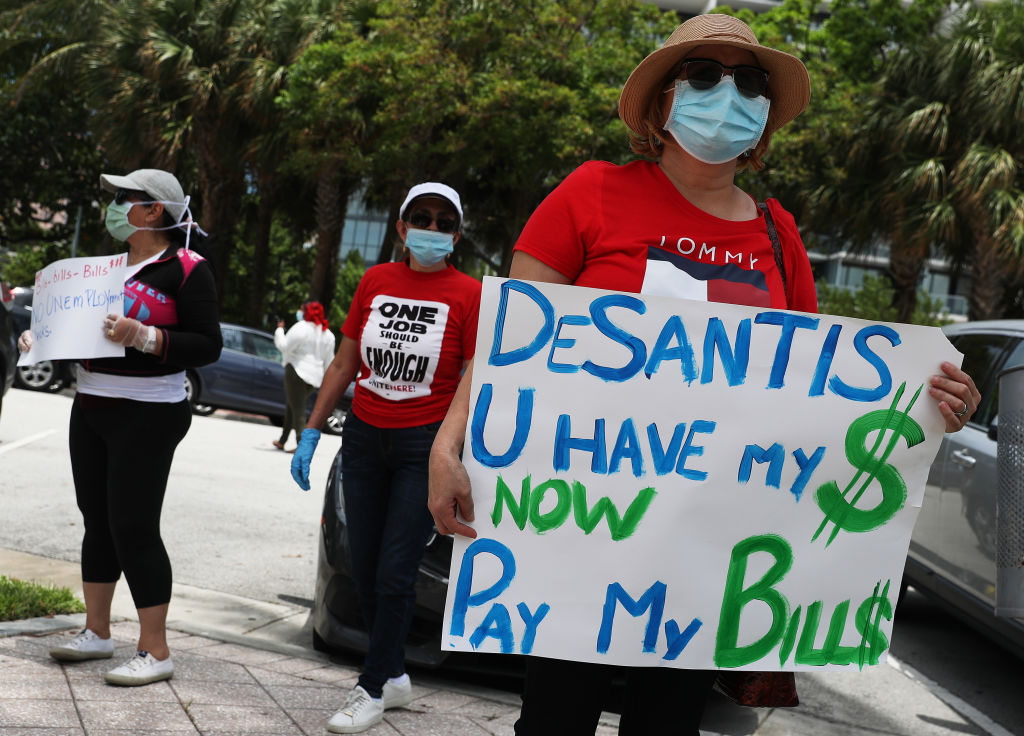
The state’s broken benefits system could see voters turn on Republicans as hundreds of thousands struggle to file claims.
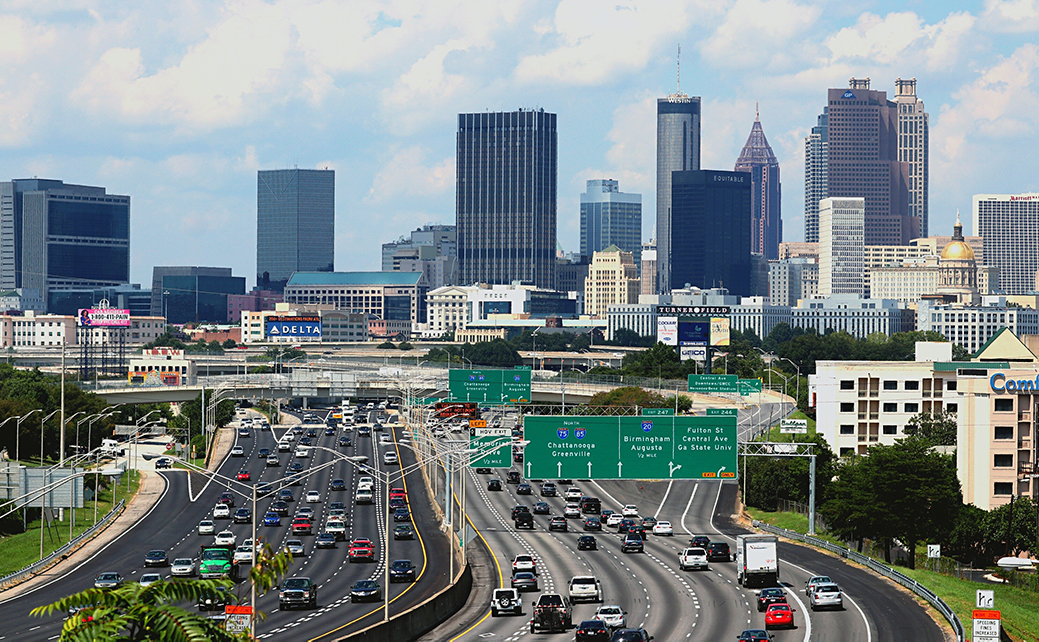
The state’s history of voter suppression underscores economic disparities that hit black Georgians hardest.

In the midst of a pandemic, Rev. William Barber’s June 20 March on Washington goes digital.
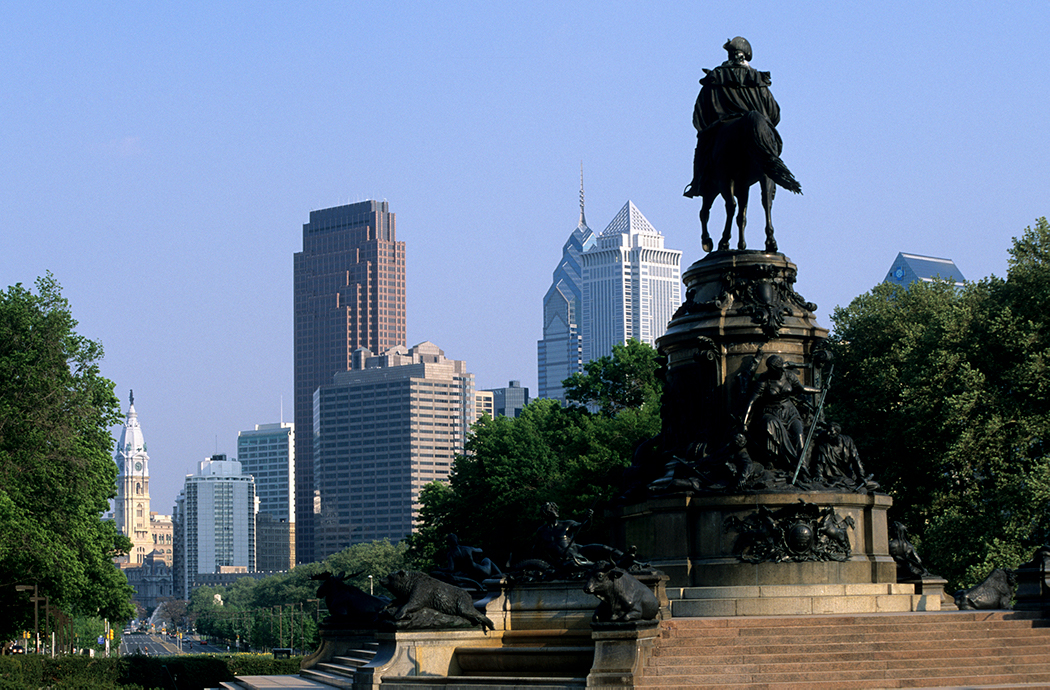
The COVID-19 crisis hits the state after a decade of rising economic inequality.
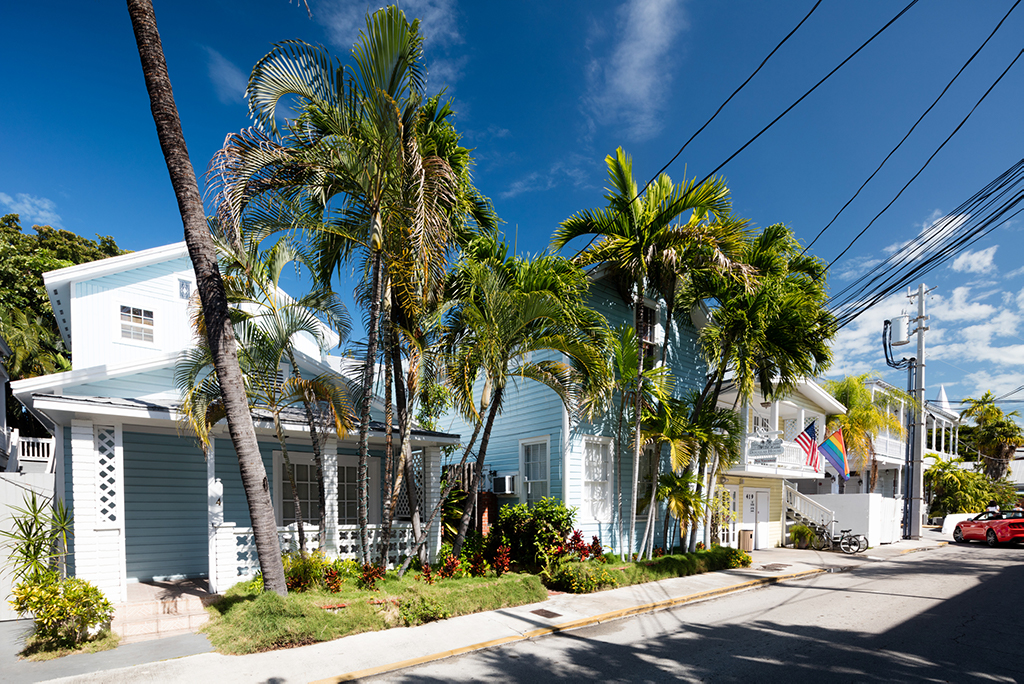
There are signs that another foreclosure crisis may be looming in this swing state.

Even as Trump attacks Medicaid, 2020 might be the year for expansion in North Carolina.

Food insecurity skyrockets in the key battleground state.

Critics charge that the poor and people of color will be left out

The dairy state draws attention for some of the nation’s highest rates of racial disparity.

The president of the Economic Policy Institute discusses the COVID-19 financial tailspin and attempts by lawmakers to mitigate the damage.
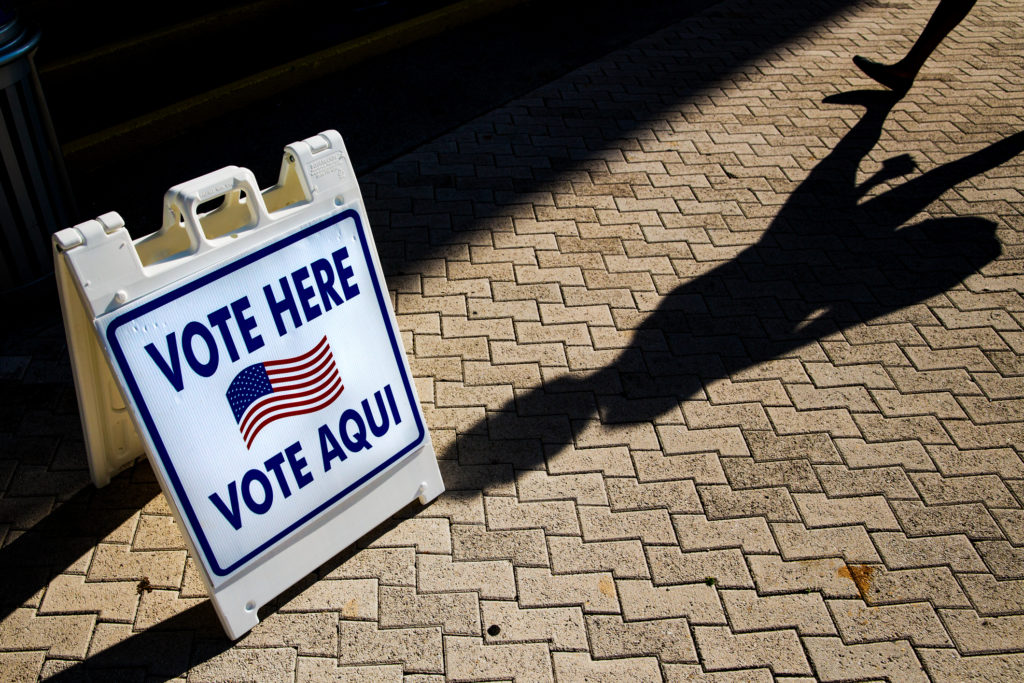
Many ex-felons are now able to vote again, thanks to a 2018 amendment to the state constitution.

So many billionaires, but Florida struggles to take care of those at the bottom.
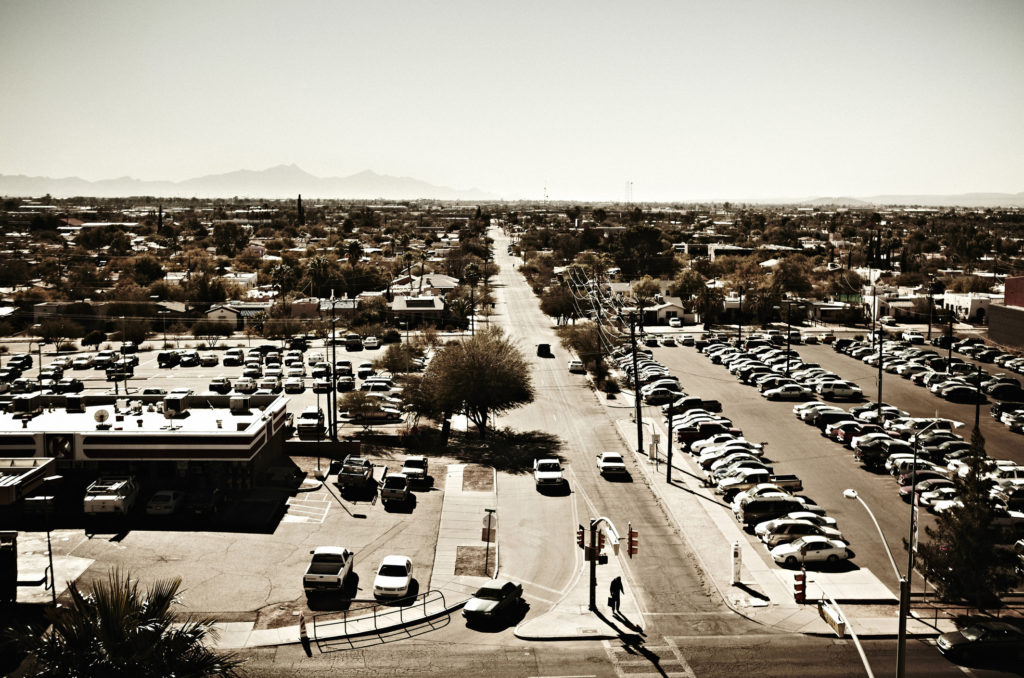
Thirty years of poor investment in education leaves a workforce with few routes to the middle class.
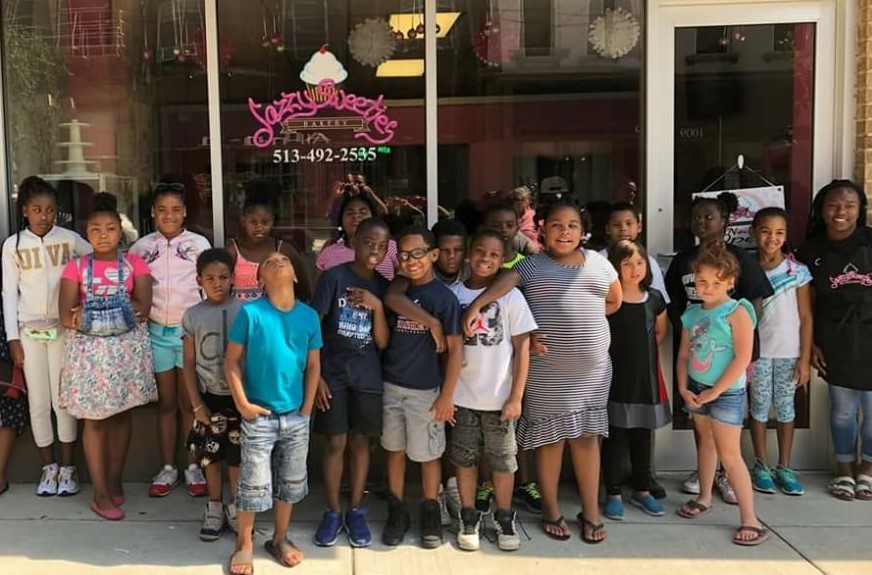
The Queen City is enjoying a commercial rebirth but staggering disparities separate black workers and businesses from their white counterparts.
Co-published by Fast Company

Despite a surge in Michigan’s GDP, the state remains one of the most susceptible to another recession.

Dorian Warren, president of the advocacy group Community Change, explains the extraordinary turnaround of Joe Biden’s presidential campaign.
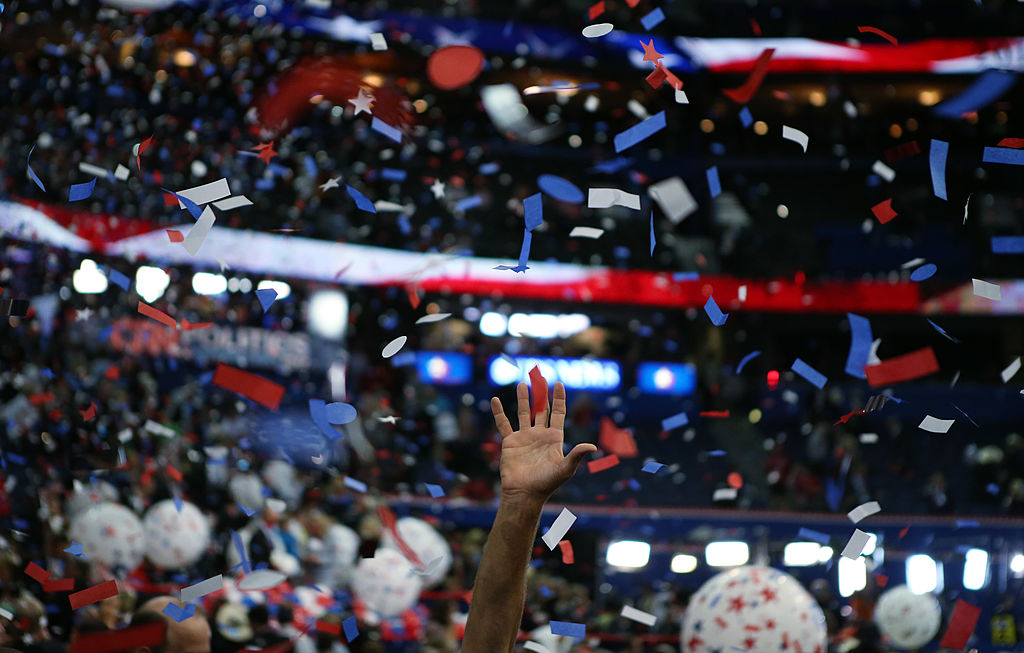
Even before Wall Street’s dramatic mood swings, many Americans have been feeling left behind in the decade following the Great Recession.

By some metrics, racial disparities between blacks and whites in Minnesota are among the nation’s worst.
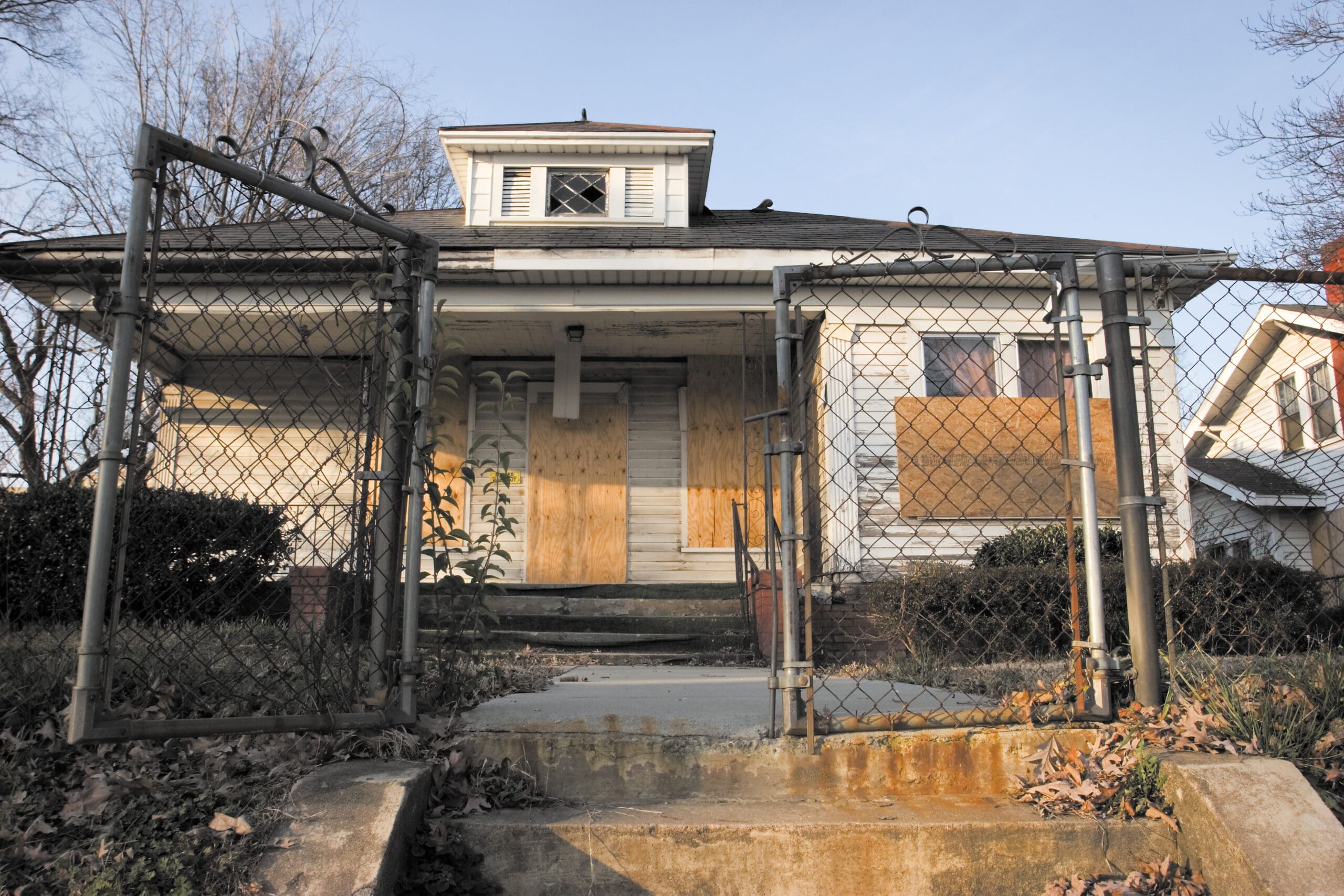
Unlike the rest of the country, North Carolina has seen a surge in the percentage of people living in or near poverty.

L.A. Trade-Tech’s student body resembles the blue-collar bloc that helped elect Obama.

California’s economy is booming, but the state’s poorest residents are falling further and further behind.
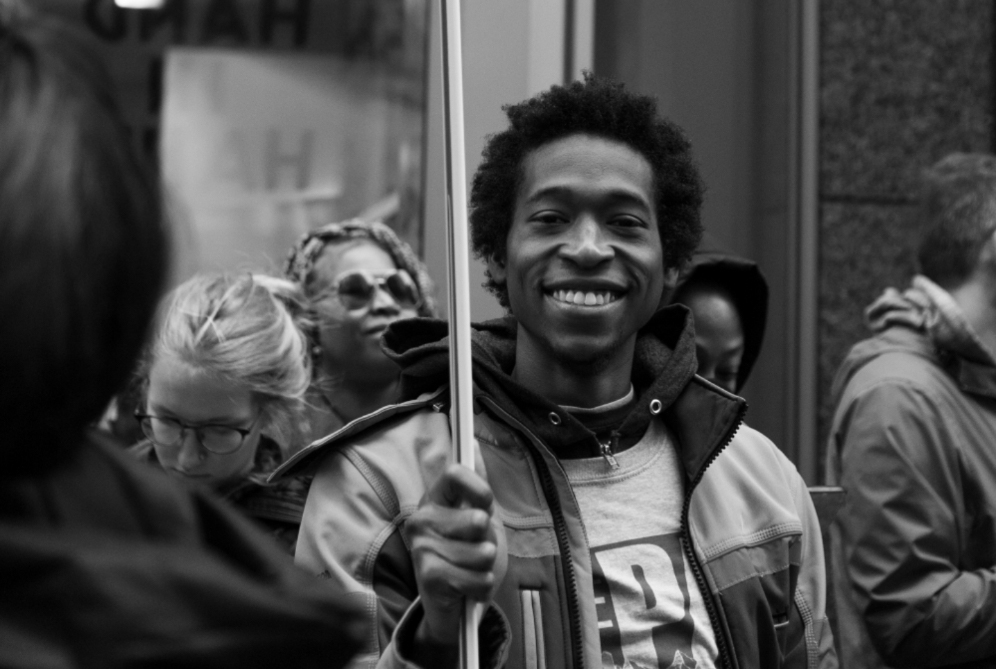
Calvin Wongus has had no trouble finding employment in the tight labor market. But for the poorest workers like himself, the jobs have been low-paying and part-time.
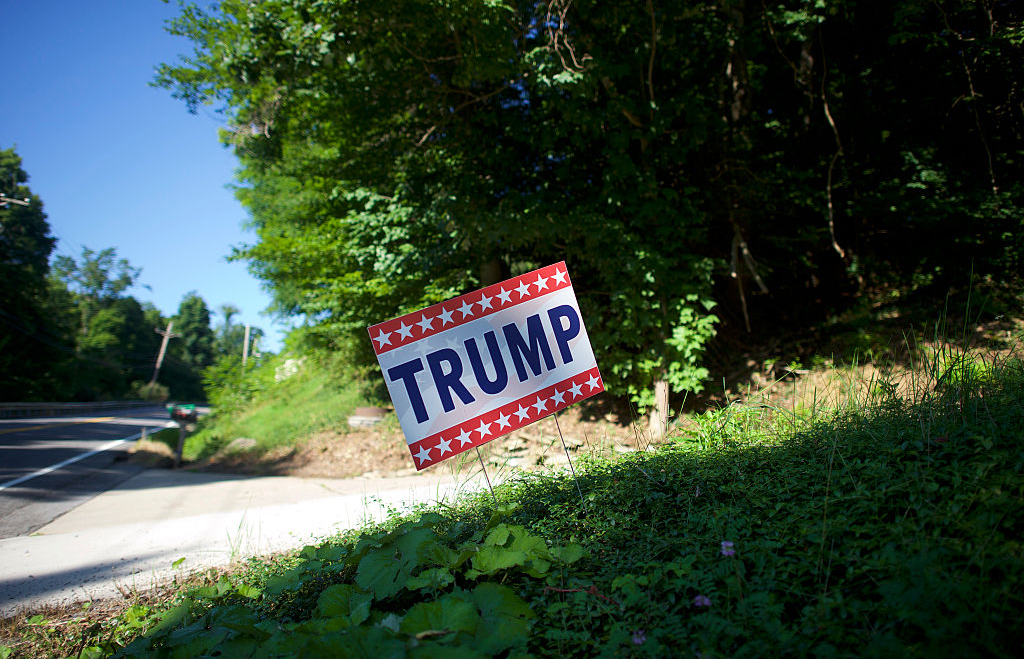
Poorest households see real incomes drop in 13 states, have slower growth than under Obama in 36 states.

Middle-income workers in Wisconsin are facing rising prices and reduced bargaining power.
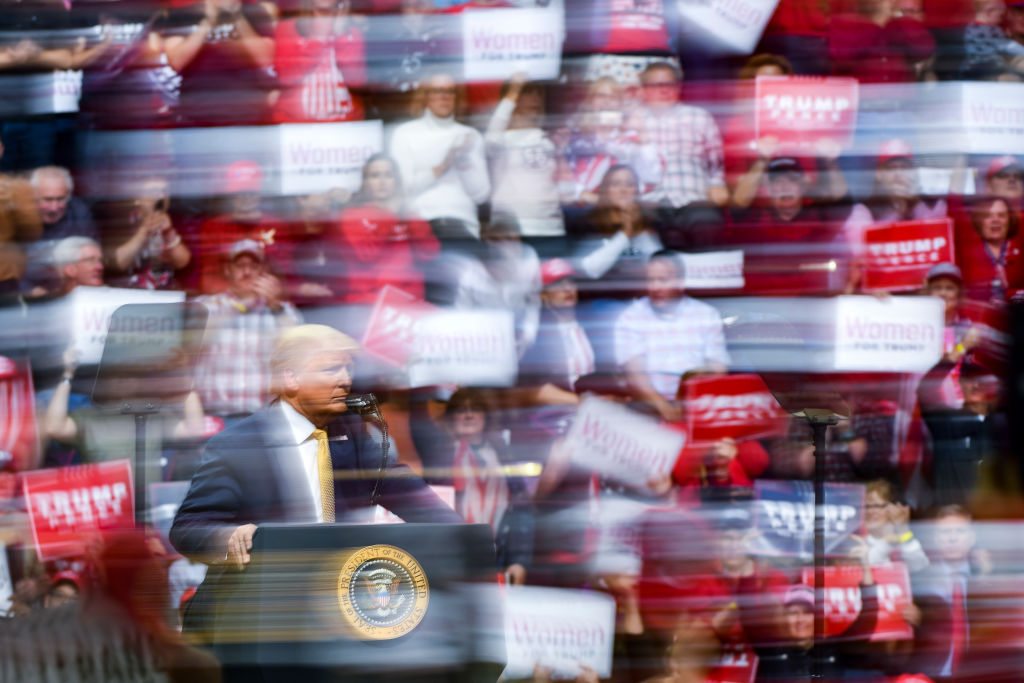
48 states saw real median household income growth decline in Trump’s first two years, some dramatically.
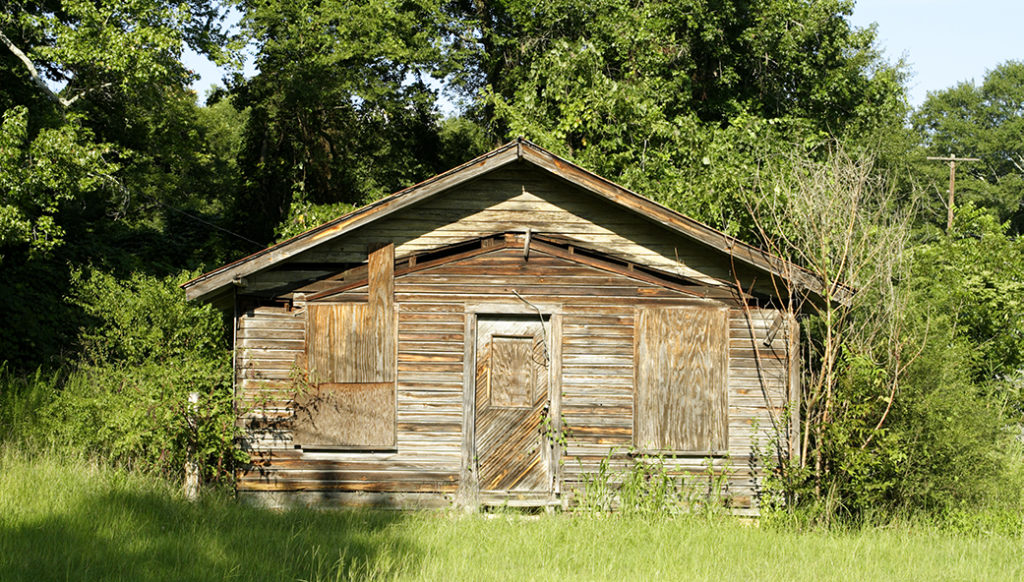
Stagnant wages and increasingly unaffordable housing costs are leaving many low-income residents behind.
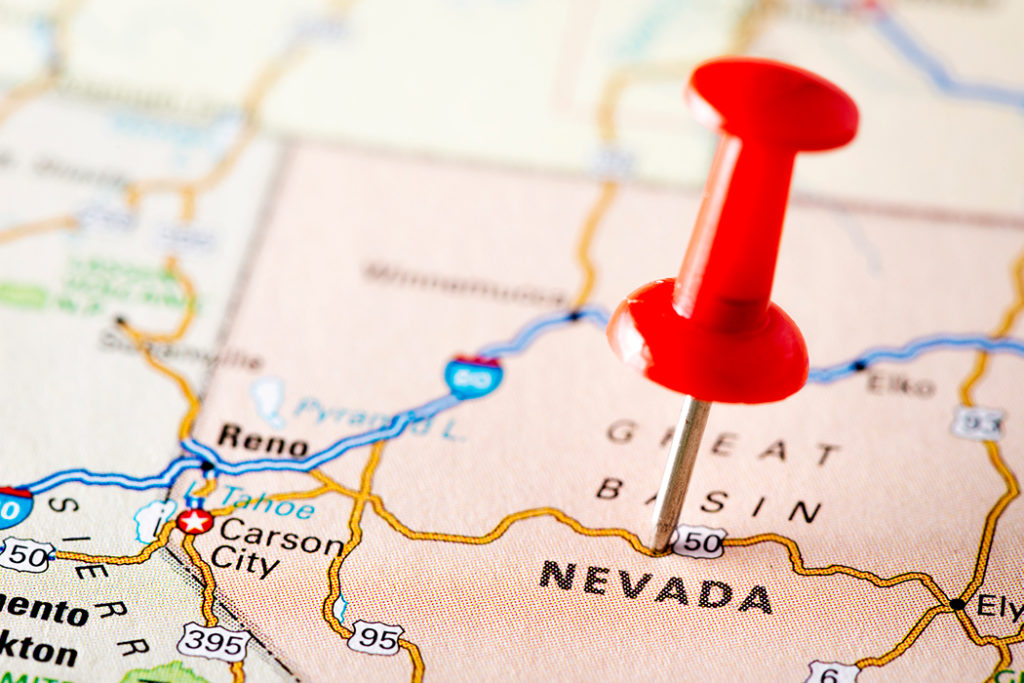
The key primary state has experienced a sluggish recovery from the Great Recession.

The Silver State’s new workforce is younger and more likely to skew Democratic, but its members’ political affiliations remain opaque.
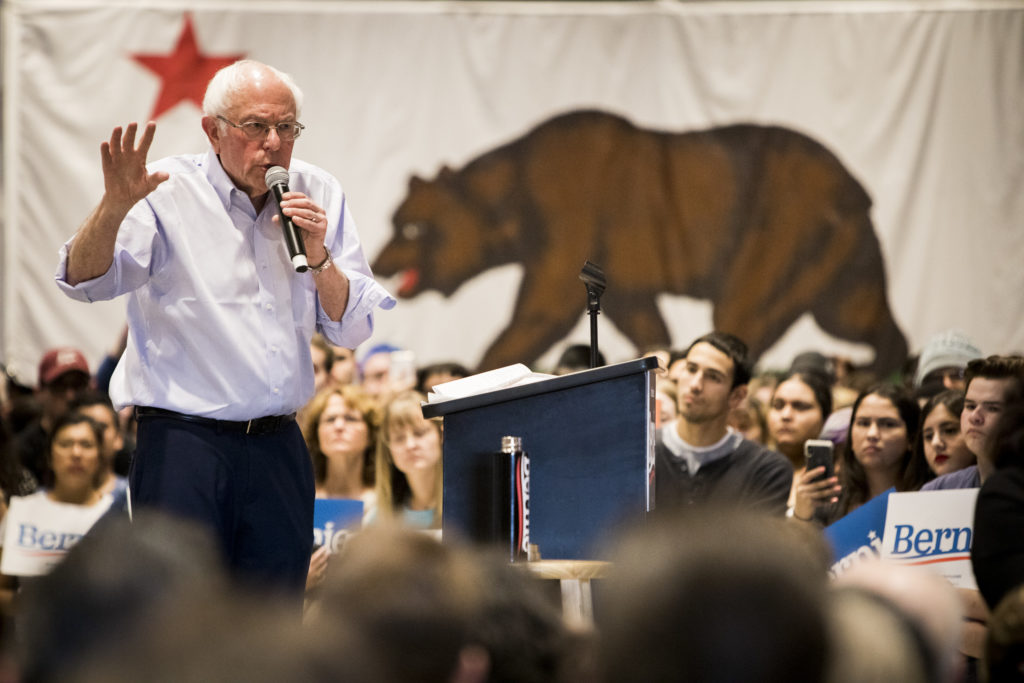
Sanders proposes to raise the national hourly minimum wage, make joining unions easier and to close gender pay gaps. He also promises to fix “a broken and racist criminal justice system.”
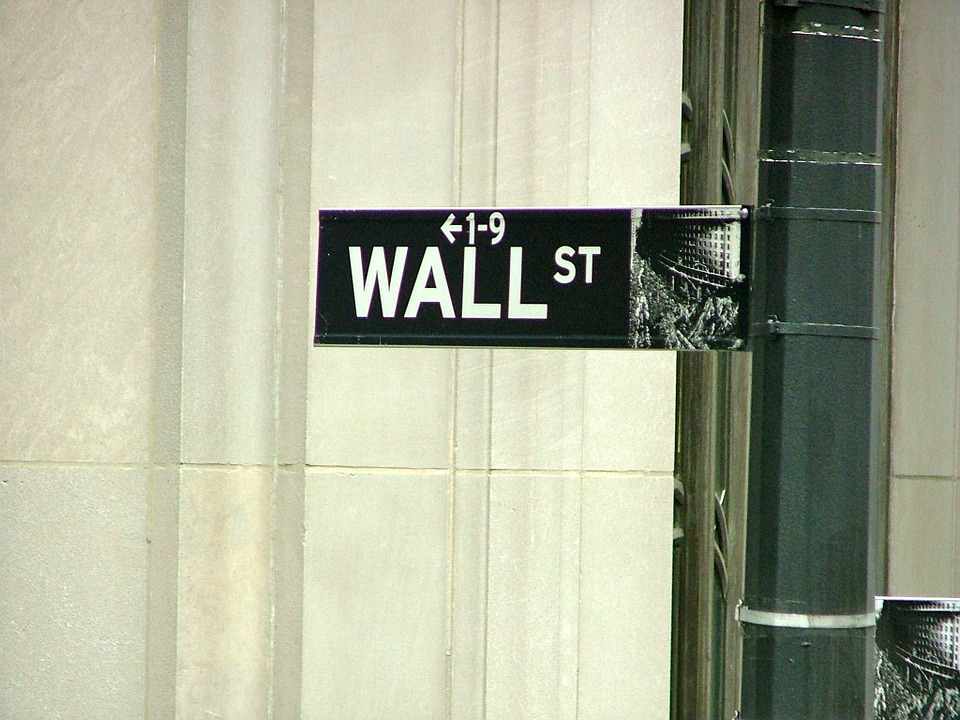
Early Democratic primary state voters seem in favor of more government regulation of Wall Street. But are all presidential candidates listening?
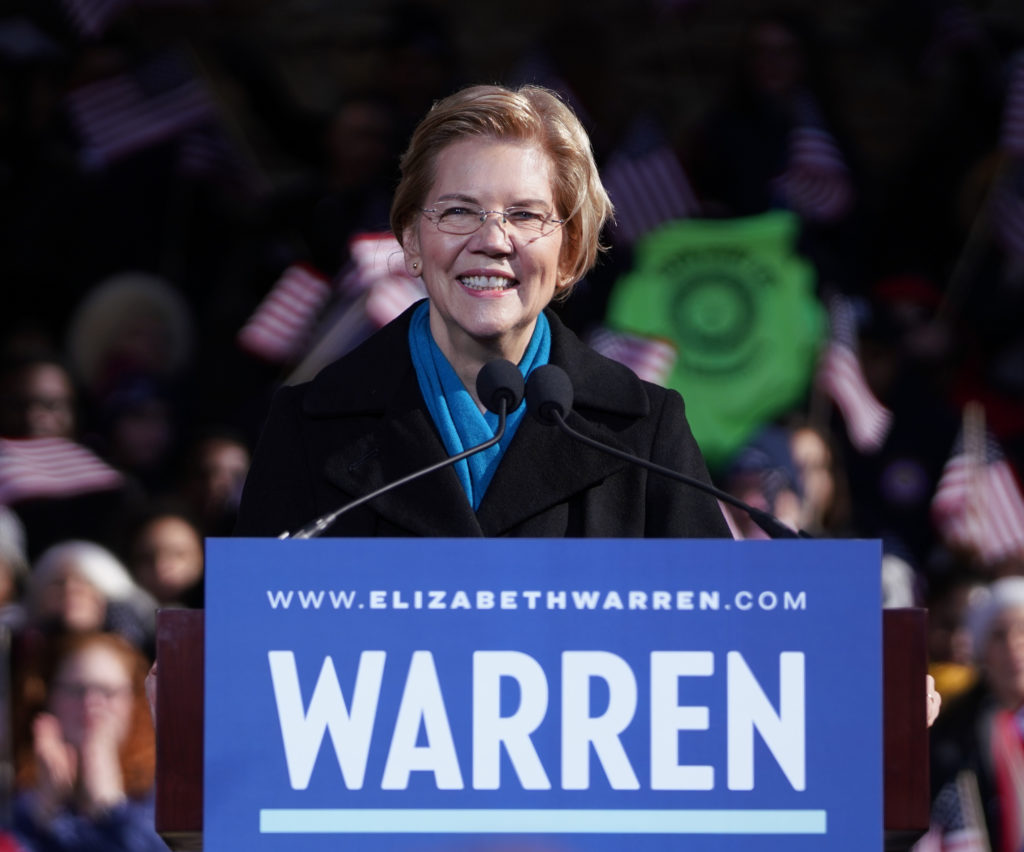
On debate stages and in selfie lines, Elizabeth Warren has been offering herself to voters as Franklin Delano Roosevelt’s ideological heir.

Baby boomers are criticized by younger, debt-burdened Americans frustrated by economic inequality. But many boomers are also hurting.

A growing body of research indicates that many of the solutions to the climate crisis and economic inequality are the same.
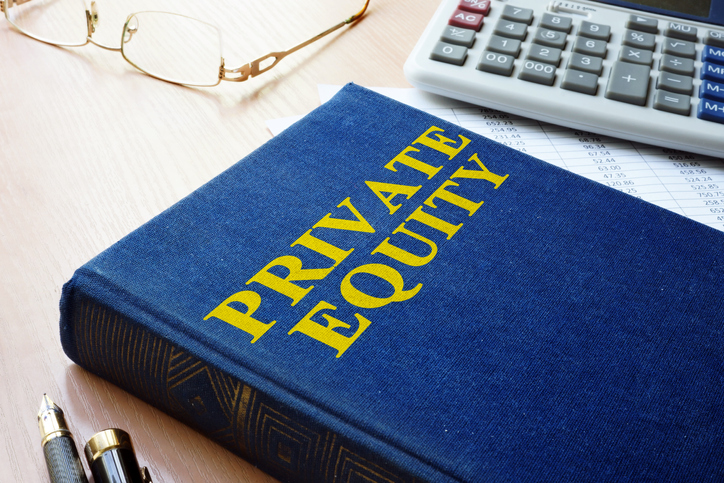
Test your knowledge about Wall Street’s favorite alternative investment class.

For the full story read Mark Kreidler’s “Industry Seeks to Flatline Universal Health Care.”
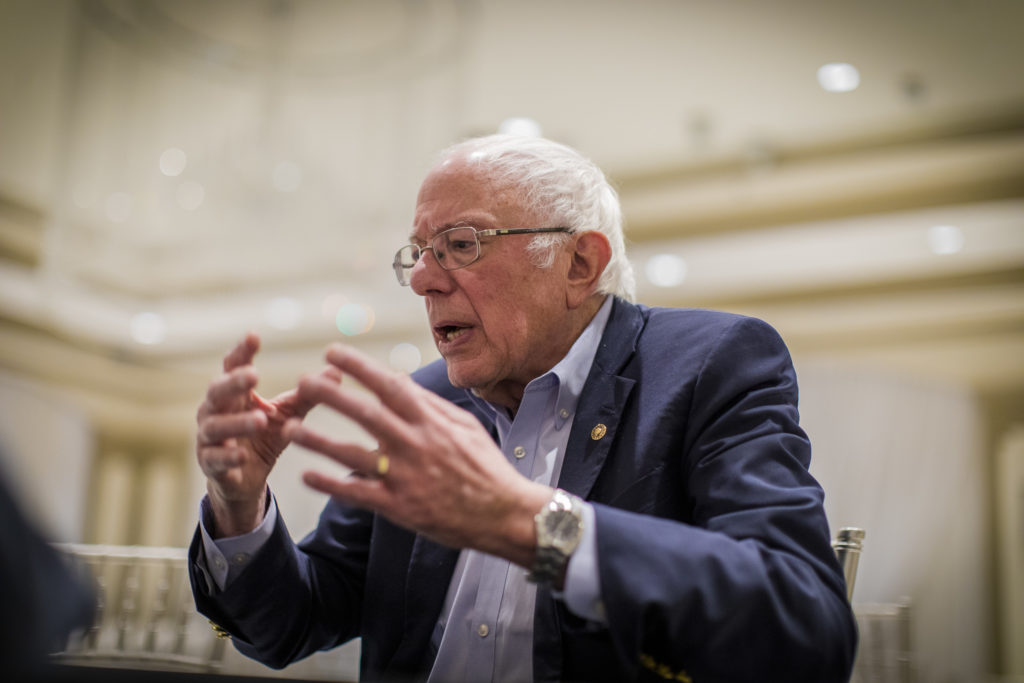
“Our administration will look like America,” the presidential contender tells Capital & Main. “We have got to undo the racism and xenophobia of the Trump administration.”
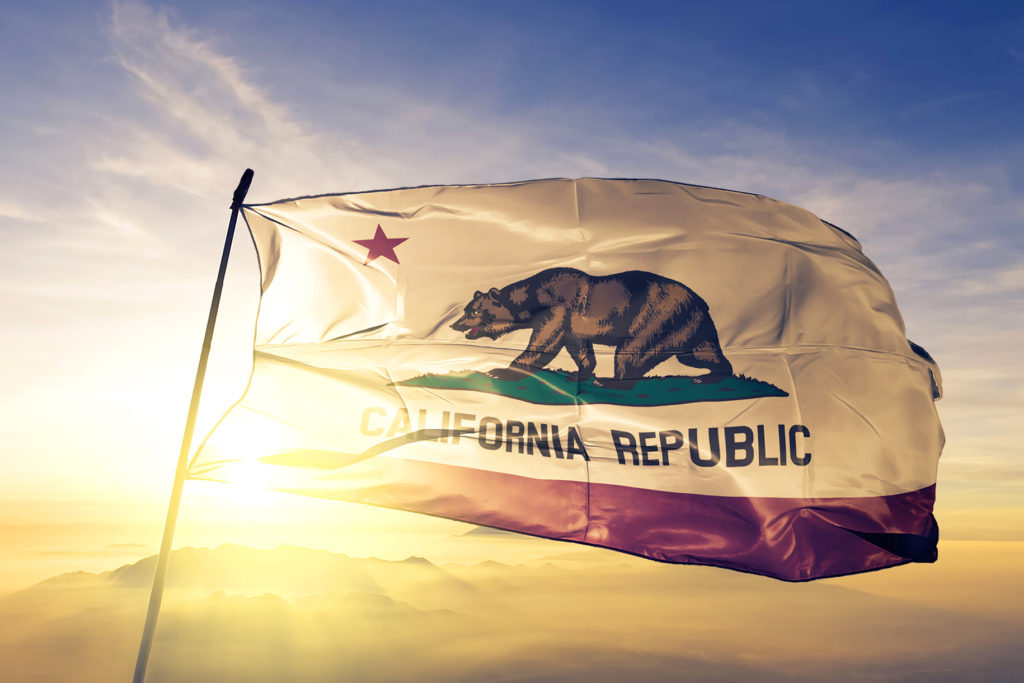
Ahead of Thursday’s Democratic debates, Golden State native Manuel Pastor offers a primer for the presidential hopefuls.

Test your knowledge about inequities in the nation’s most populous state.
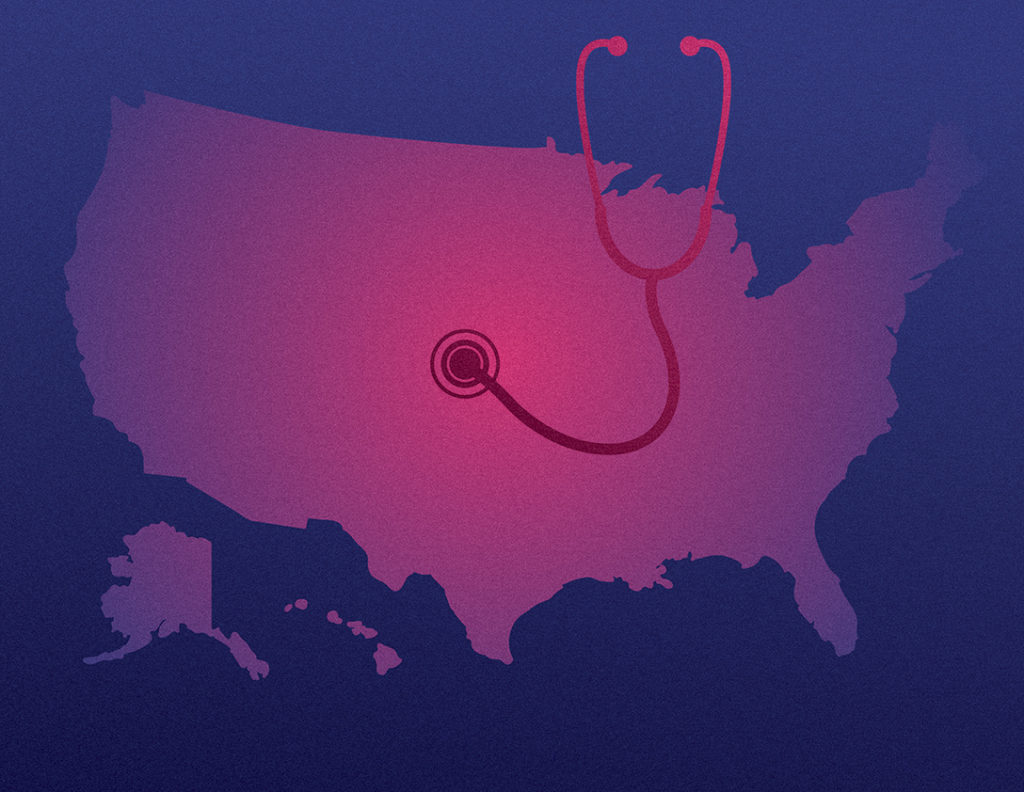
A deeply funded lobbying group led by a former Hillary Clinton aide is out to kill Medicare for All. Its ideological roots run back to the Truman era.
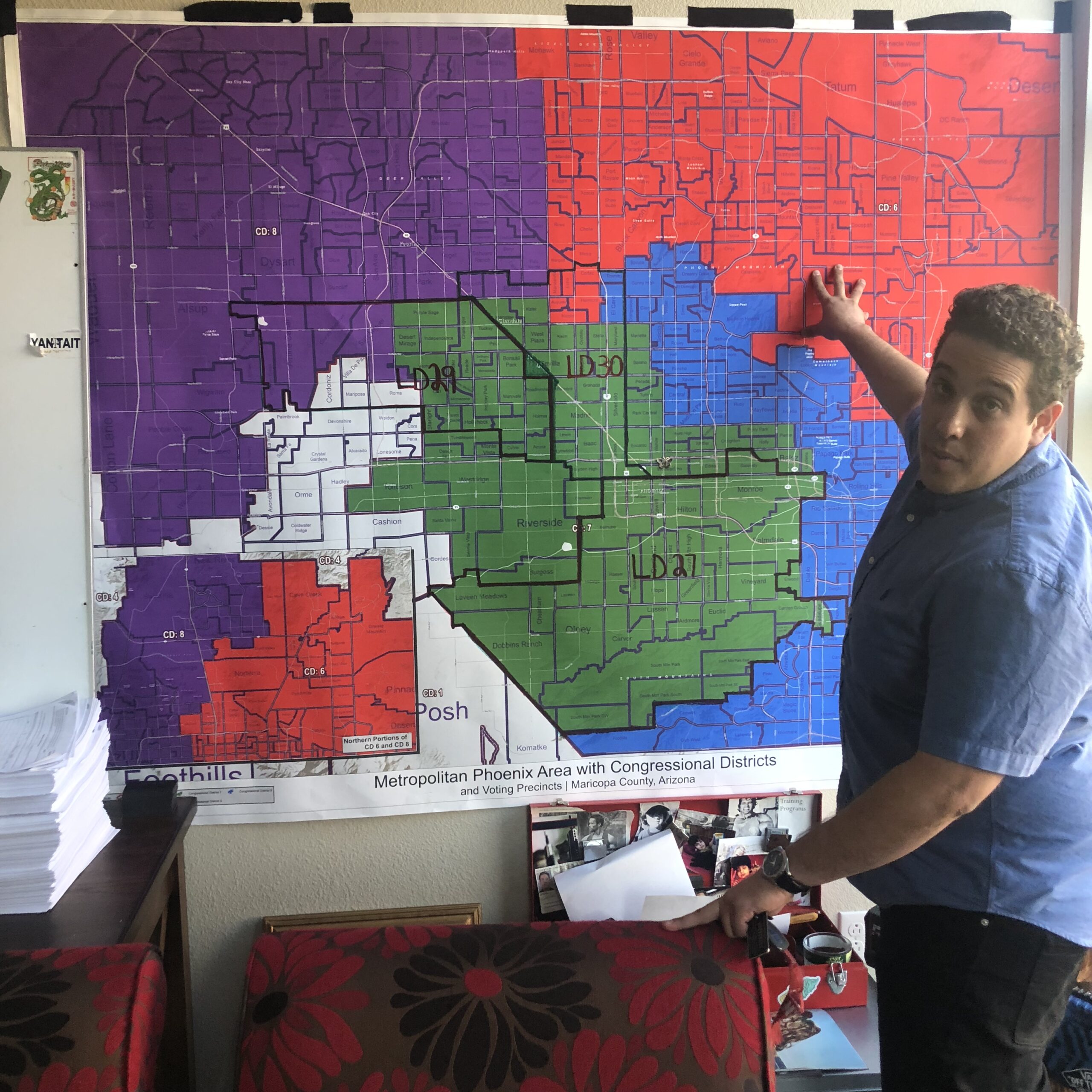
An anti-immigrant law made Tony Valdovinos miserable, but he didn’t leave Arizona. Instead, he knocked on doors.

In this swing state, Phoenix’s Maricopa County will be the battleground within the battleground.

Test your knowledge about inequities in America’s health care system.
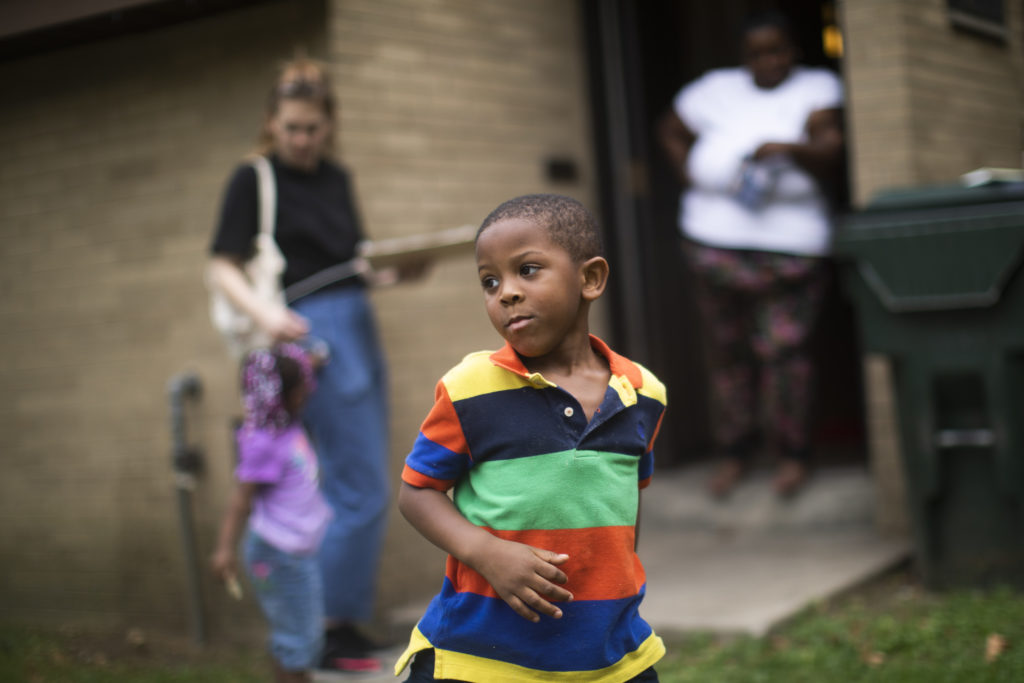
Measuring the shame of America’s “best economy ever.”

Surveys reveal that Americans have a very distorted sense of how unequal the country is. Try your luck at these questions about how our economy distributes wealth and income. No matter your score, you’ll be able to sign up for our newsletter so you can keep tabs on the United States of Inequality.
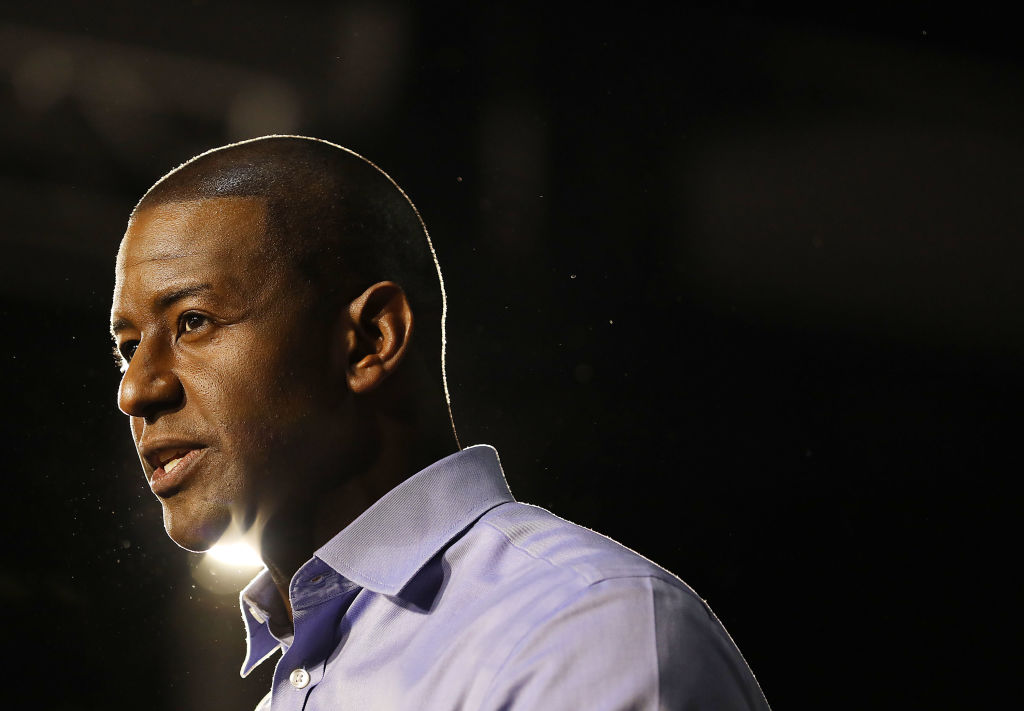
Progressives are going all-out to reverse the notion that Florida is unassailable Trump country.
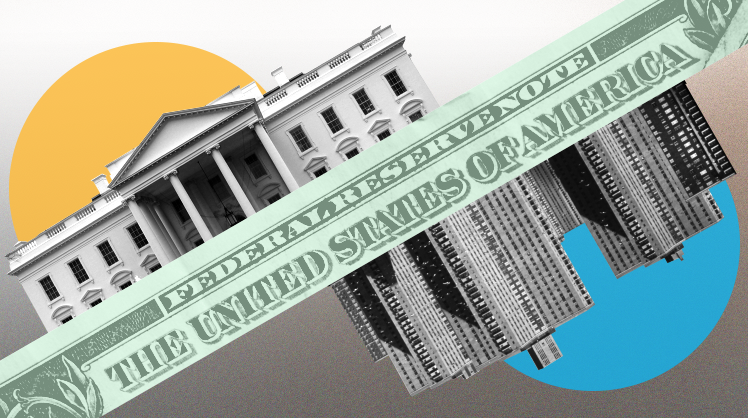
Post-WWII reforms like the New Deal and the ensuing consolidation of the labor movement increased income equality in the U.S., but the playing field started to tilt in the 1970s due to the forces of globalization and pro-corporate government policies that hurt the working class.
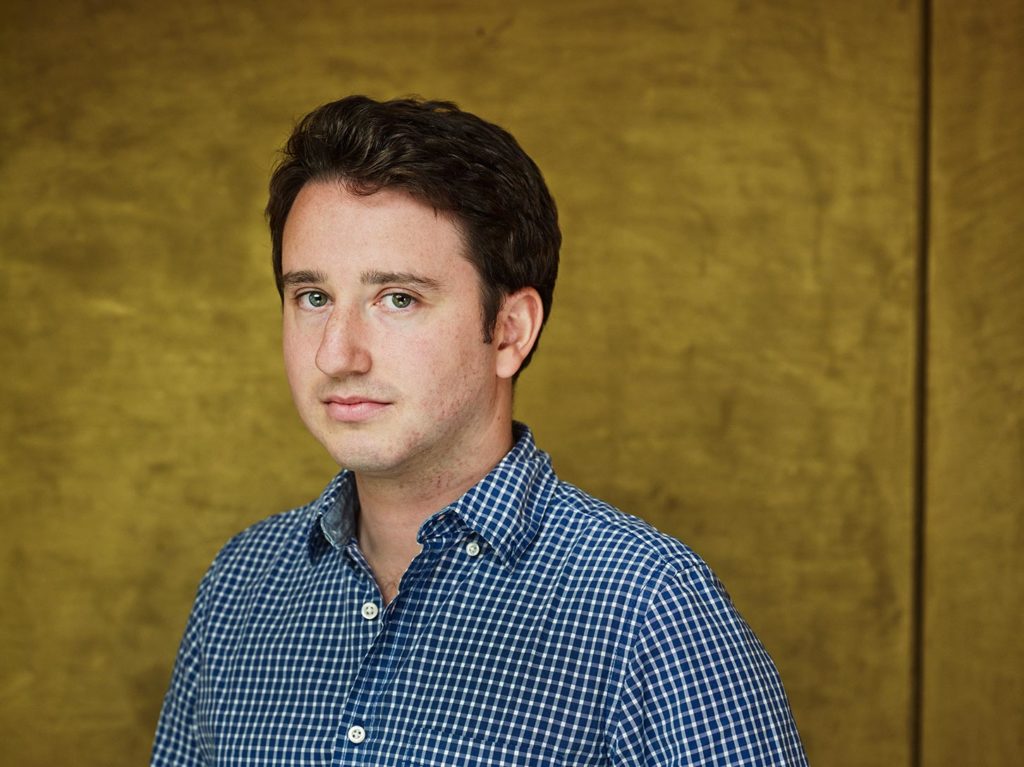
A French economist finds that America’s tax structure lies at the heart of inequality.
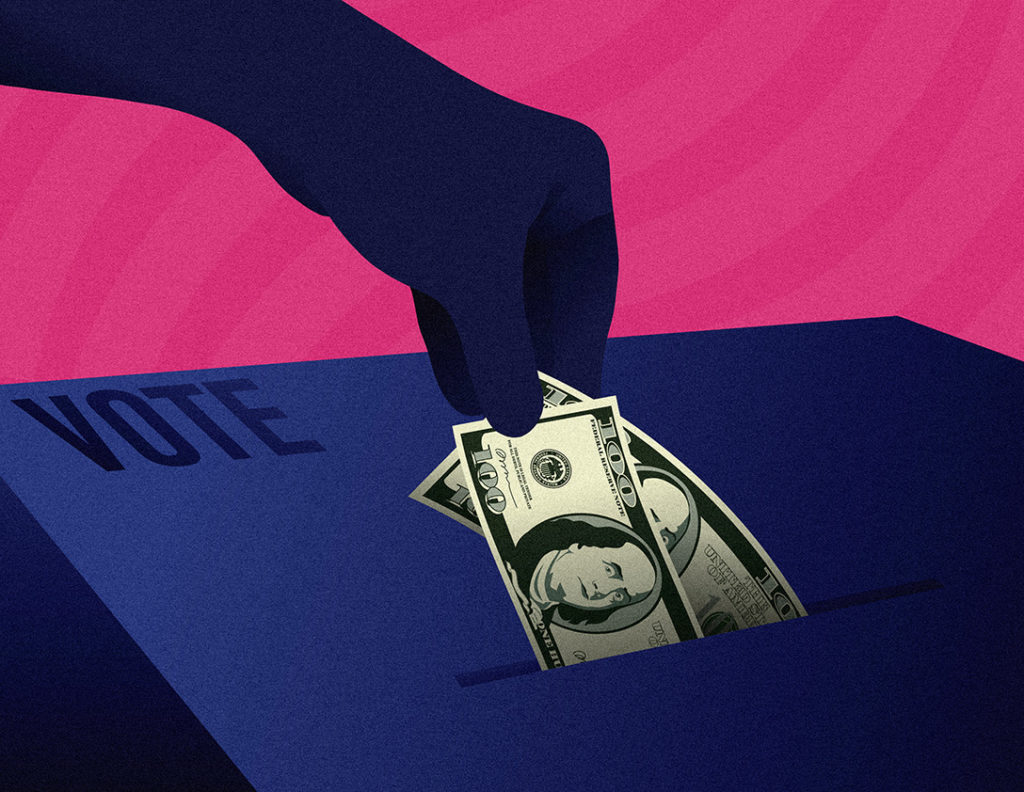
How changes to California’s Proposition 13 could reduce inequality.
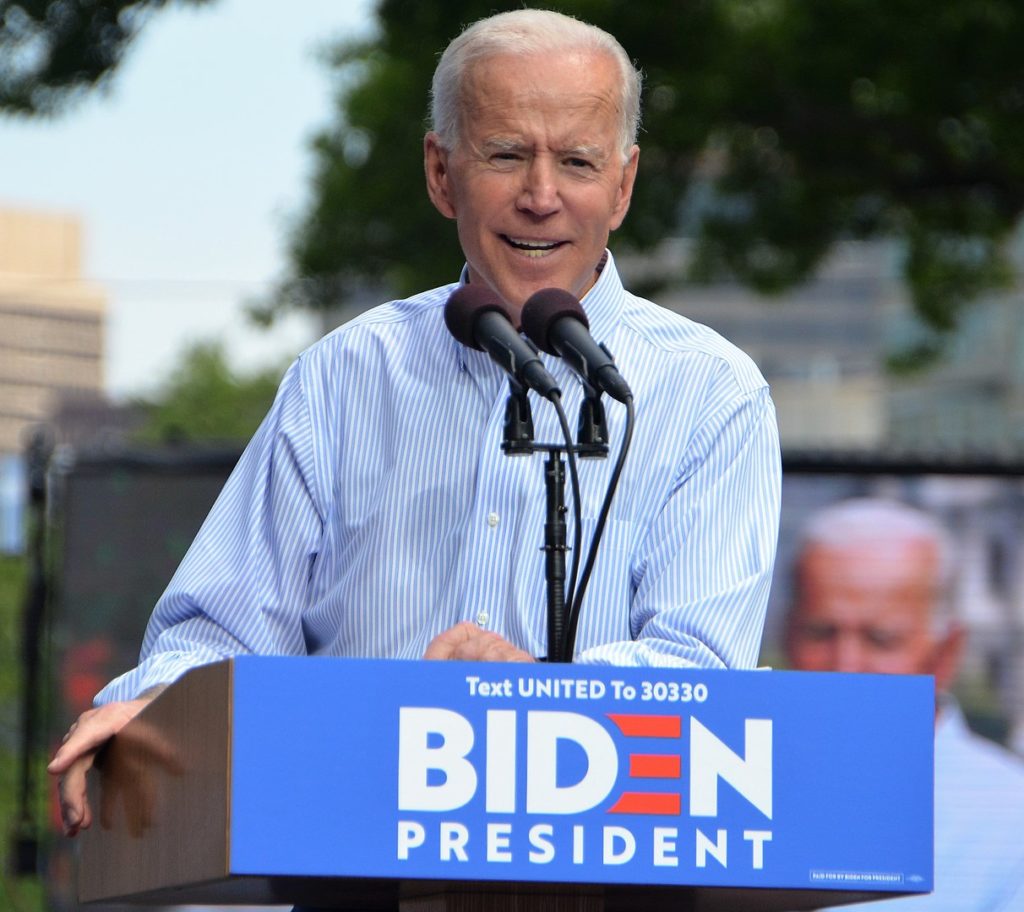
The Democratic frontrunner’s mixed economic record leaves him vulnerable to progressive opponents.
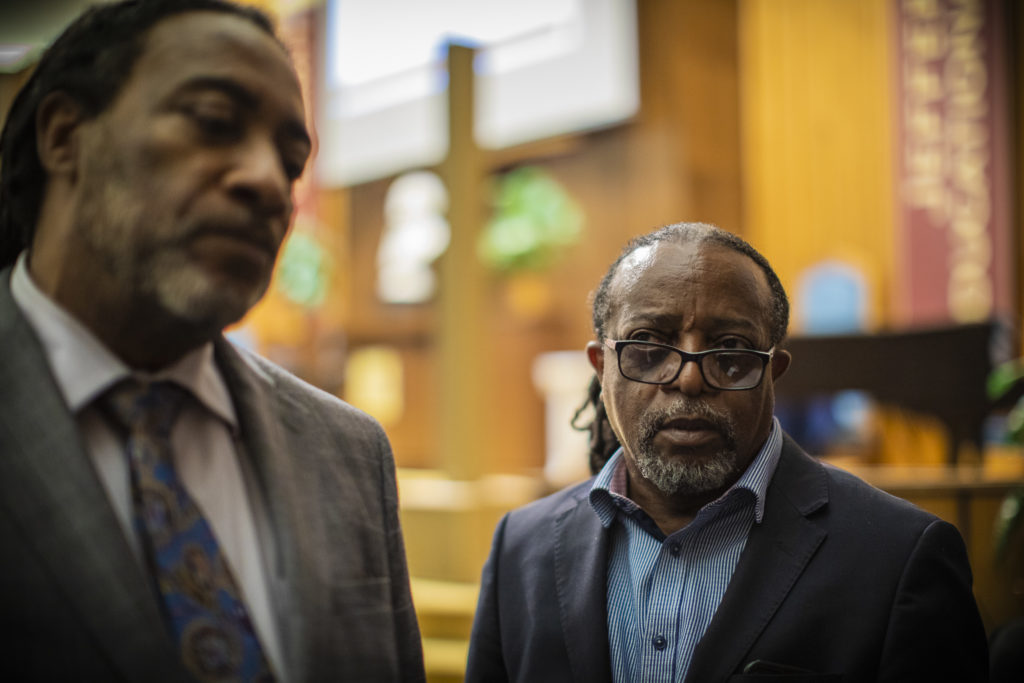
A struggling bellwether county in Pennsylvania appears to be back in the Democratic column. But is it?
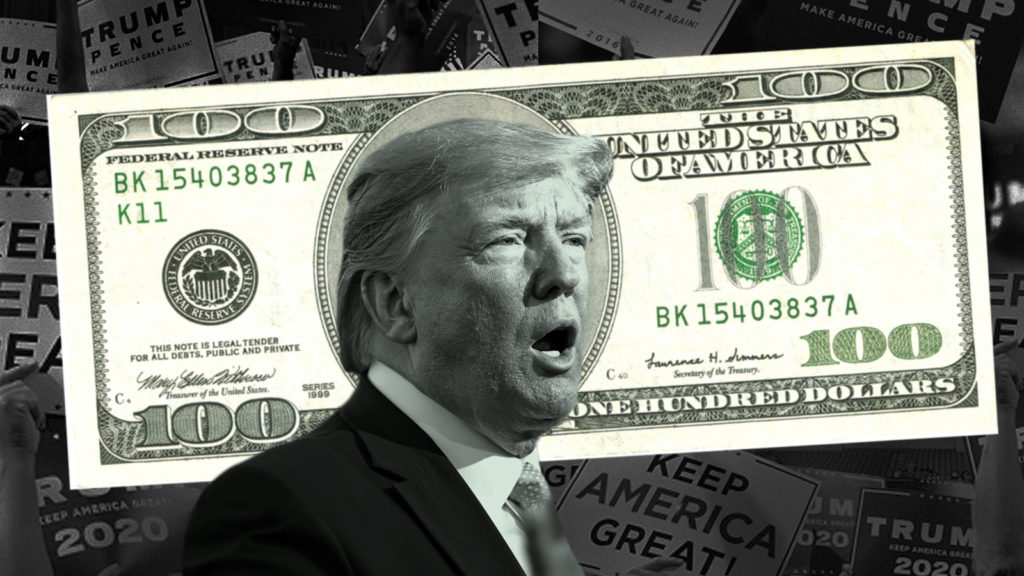
Co-published by Fast Company
Many economists say the president can’t claim credit for the current economy and that his policies have contributed to rising inequality.

Co-published by The Guardian
Months after the federal shutdown, a Detroit childcare worker still struggles to make up for lost pay.

Capital & Main has embarked on a yearlong project exploring what has become another “inconvenient truth” — the pain that economic inequality has brought to America.
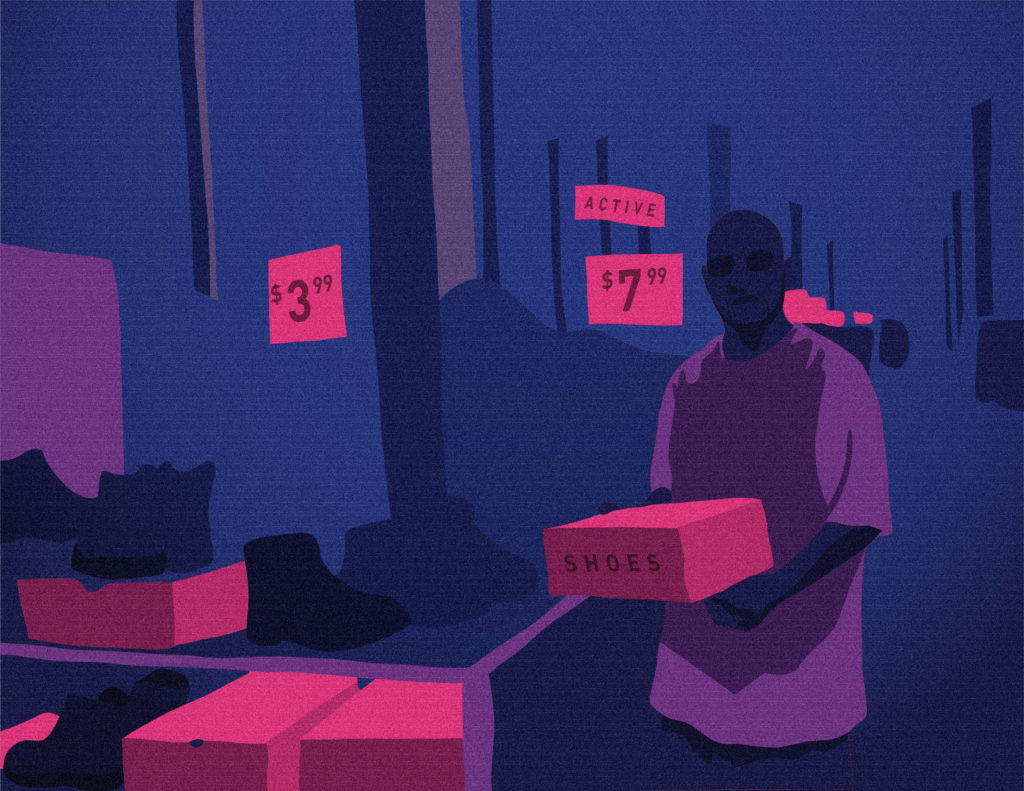
Co-published by The Guardian and Fast Company
A crop of presidential candidates is pushing proposals aimed at Americans who work hard but feel they’re not getting their share of the pie.
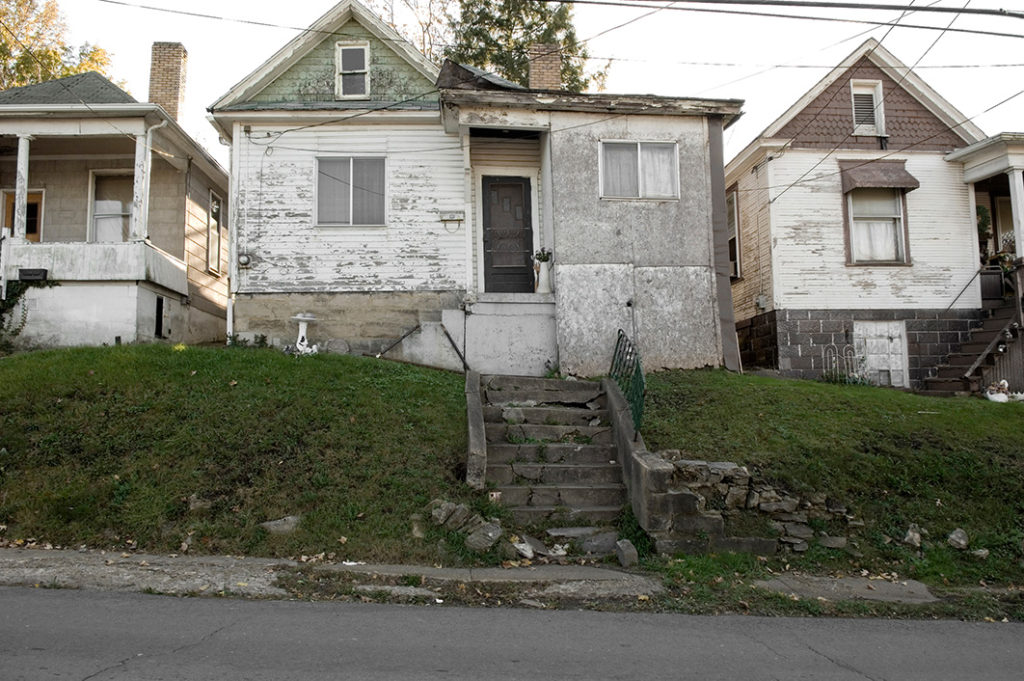
An estimated 41.4 percent of the total U.S. population — 135 million people — are either poor or low-income.
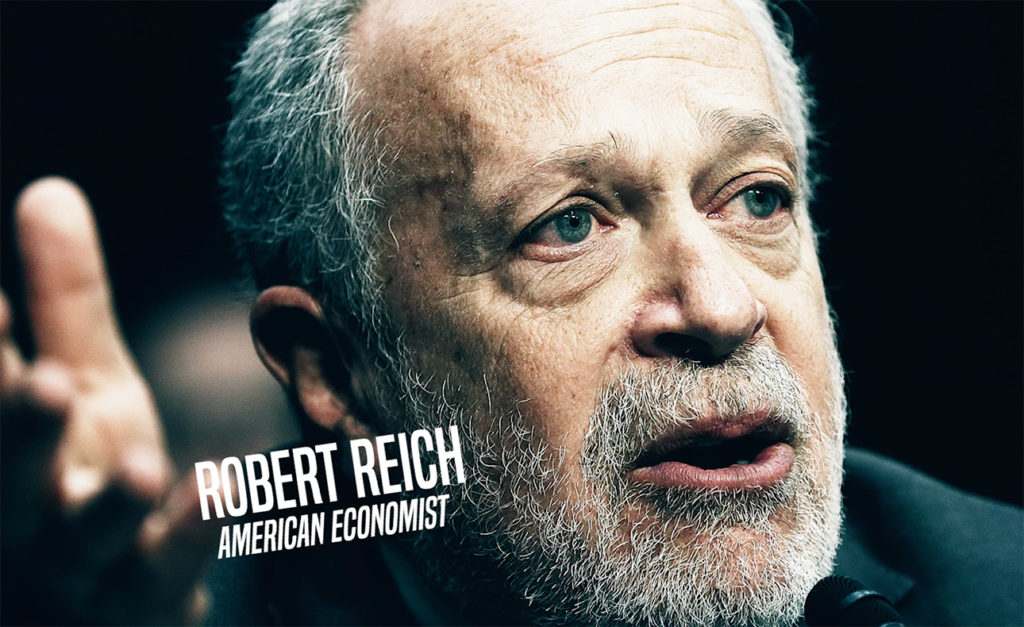
Here’s what former Labor Secretary Robert Reich, who narrated this video on the series, has said about the project: “It’s so important for fact-based news outlets to shine a light on the defining issue of our time. ‘United States of Inequality’ is a timely reporting project.”
Capital & Main’s special series, The United States of Inequality, will feature articles, interviews, videos and infographics weekly till the 2020 elections. Sign up to be the first to get the content as it is being published.
An estimated 41.4 percent of the total U.S. population — 135 million people — are either poor or low-income.
One in four African-American families have a net worth of zero or less.
The median white family has 41 times more wealth than the median black family and 22
times more wealth than the median Latino family.
CEO compensation has grown 940 percent since 1978, while typical worker compensation has risen only 12 percent during that time.
More than 30 percent of black children and over 26 percent of Hispanic kids live in poverty.
The top 0.1 percent’s earnings grew 15 times faster than the bottom 90 percent’s earnings between 1979 and 2017.
Three men own as much as the bottom half of Americans.
The richest five percent of Americans own 66 percent of the nation’s wealth.
The richest one percent own more than half of stocks.
U.S. men have three times more than women in retirement savings.

Today – exactly one year before the 2020 presidential election – Capital & Main is launching a 12-month series on economic inequality in America. “United States of Inequality: 2020 and the Great Divide” will examine how tens of millions of Americans increasingly struggle to make ends meet, and how this reality will affect one of the most consequential elections in America’s history.
Conceived by Capital & Main and produced in partnership with the Guardian US, Fast Company and The American Prospect, “United States of Inequality” will feature at least one story or multimedia feature every week for 52 weeks through the November 2020 election.
Here’s what former Labor Secretary Robert Reich, who narrated this video on the series, has said about the project: “It’s so important for fact-based news outlets to shine a light on the defining issue of our time. ‘United States of Inequality’ is a timely reporting project.”
The series content will fall into the following five thematic areas:
We hope you will follow “United States of Inequality” in the weeks and months to come as the nation grapples with an issue that will shape the 2020 election in profound ways — and that ranks as the other inconvenient truth of our era.
Capital & Main is an award-winning nonprofit publication that reports from California on the most pressing economic, environmental and social issues of our time. Winner of the 2016 Online Journalist of the Year prize from the Southern California Journalism Awards and a 2017 Best in the West award, Capital & Main has had stories co-published in more than 30 media outlets, from The Atlantic, Time, Reuters, The Guardian and Fast Company to The American Prospect, Grist, Slate and the Daily Beast. Working with top writers, editors and visual artists, we cover income inequality, climate change, the green economy, housing, health care, public education, immigration, race, and criminal justice. Capital & Main is a 501(c)3 tax exempt organization.